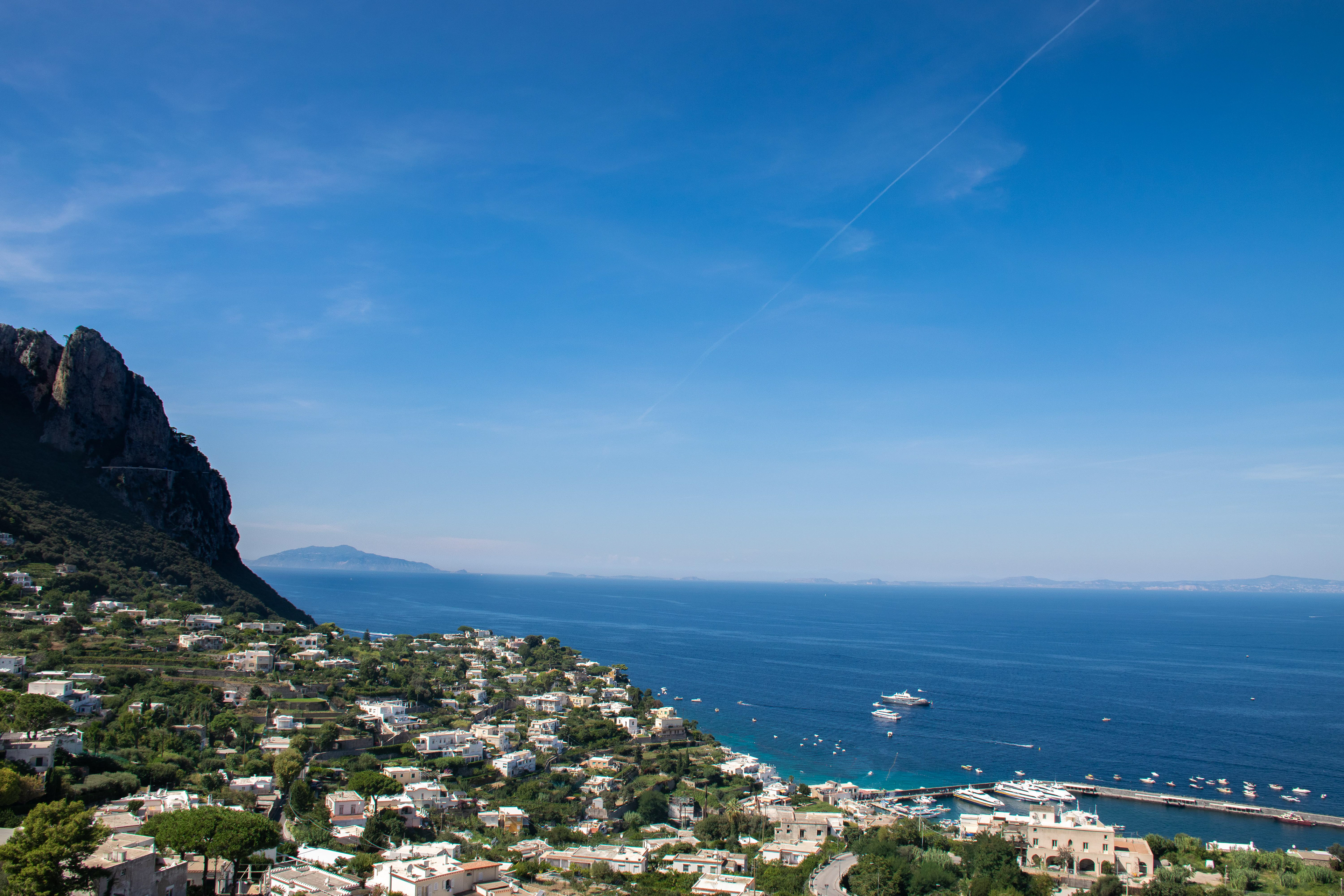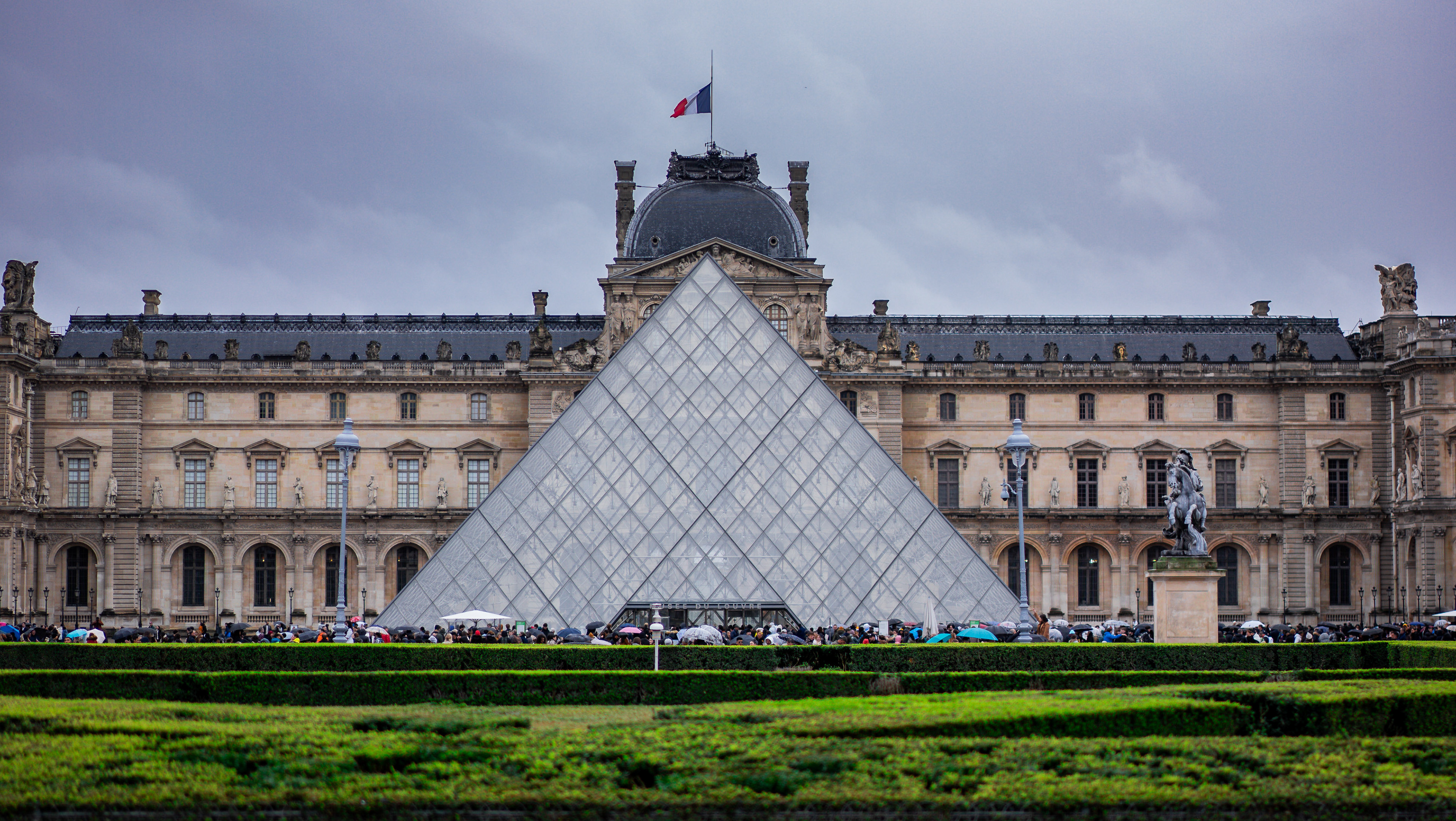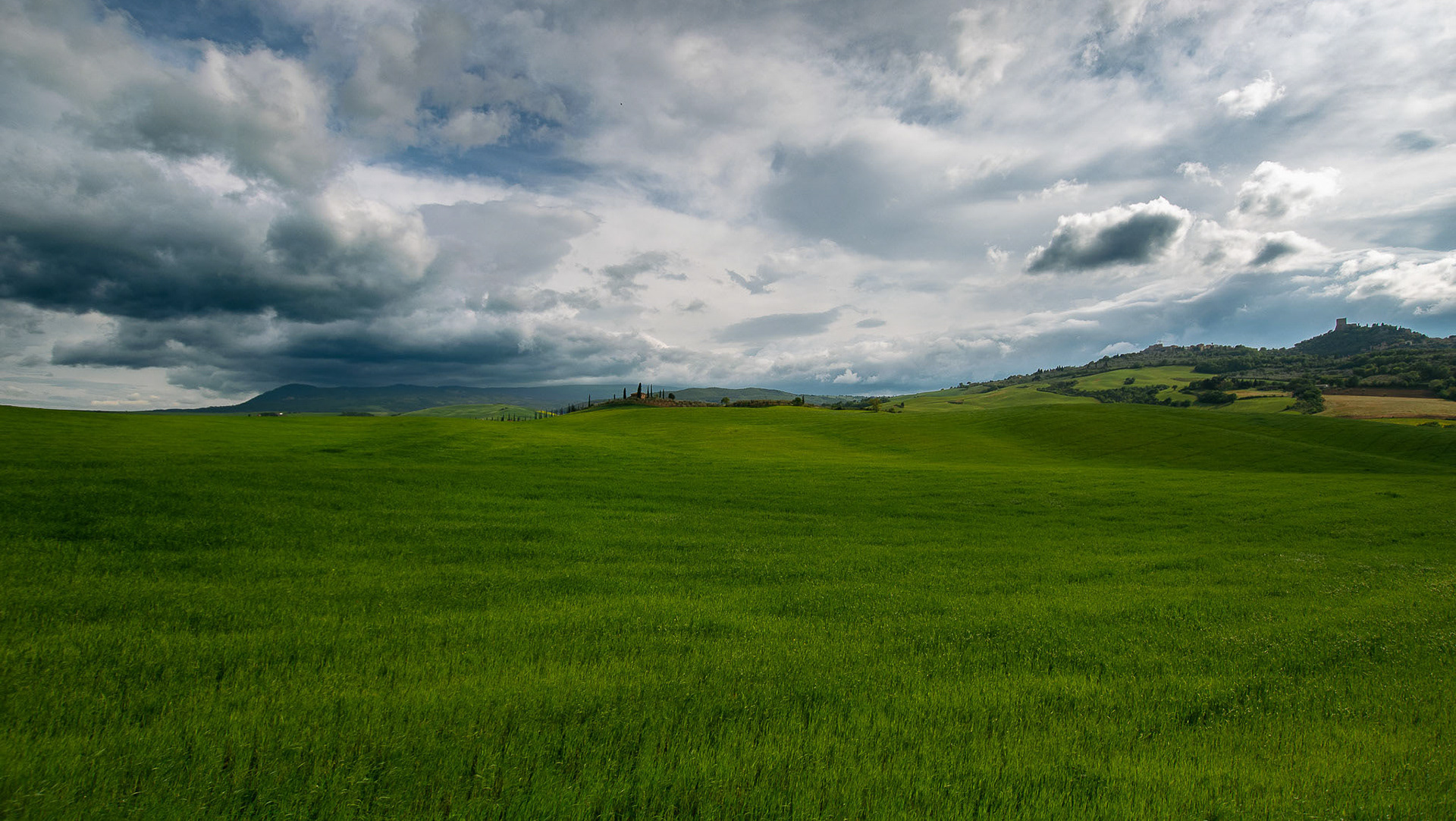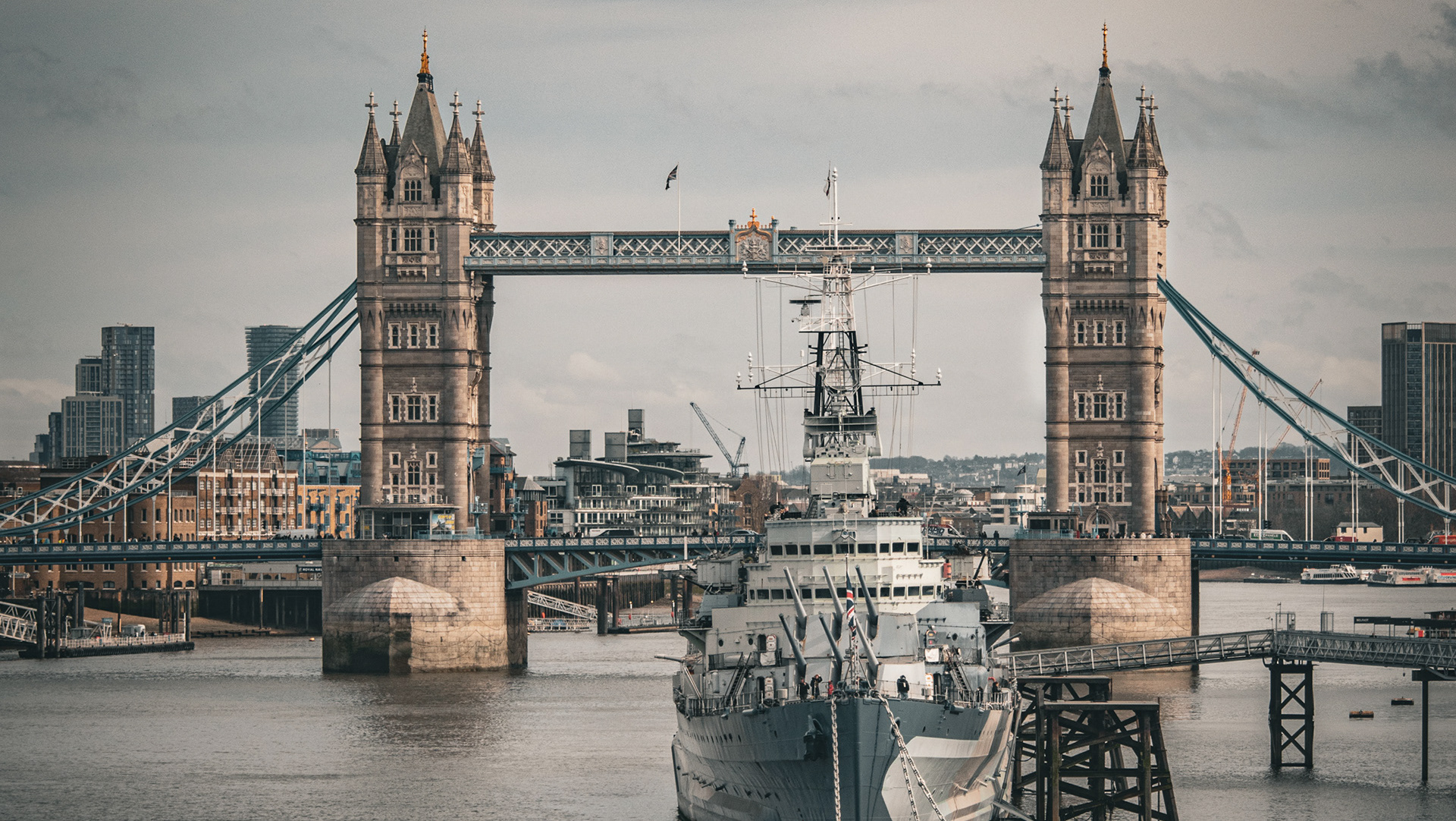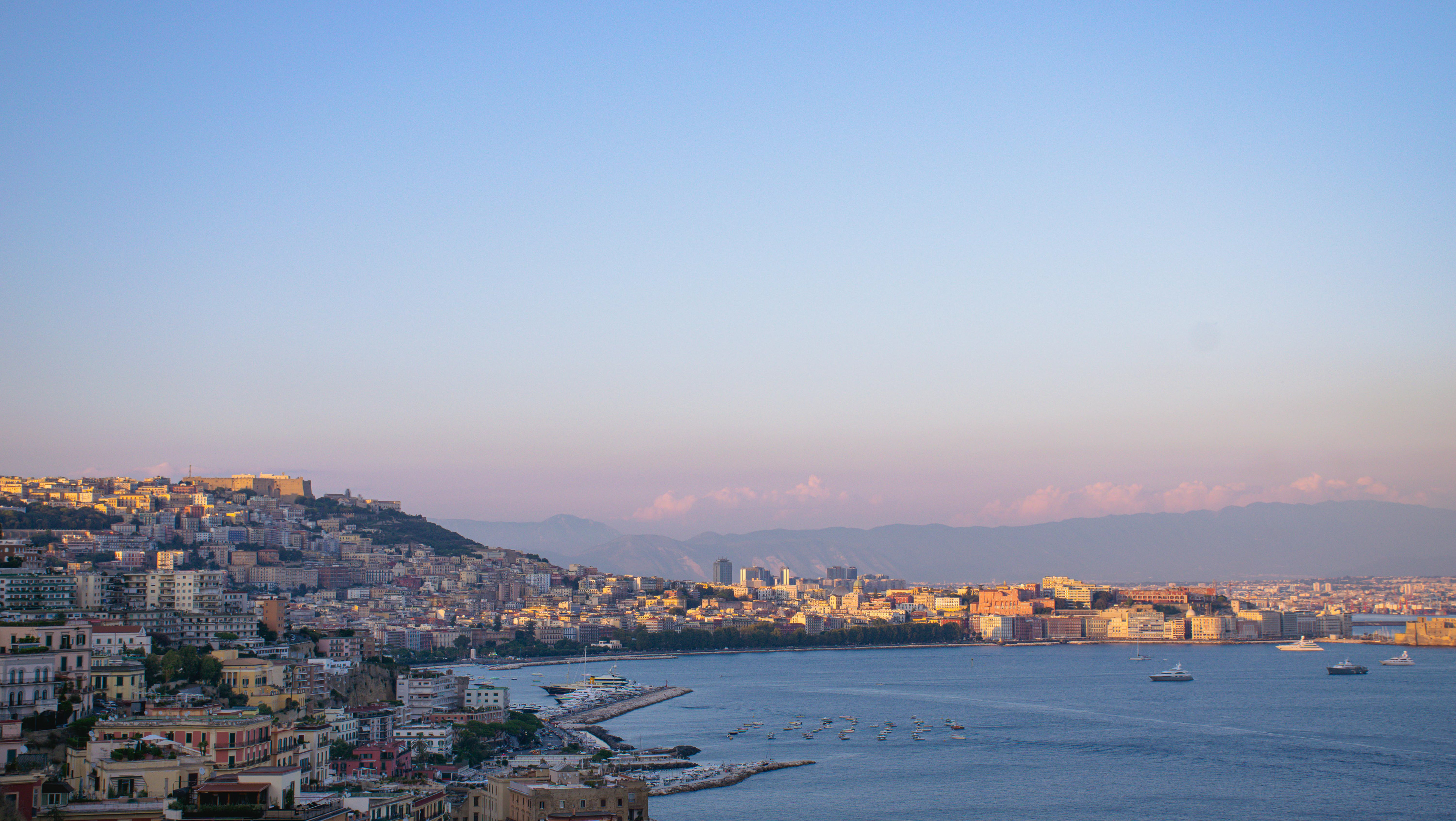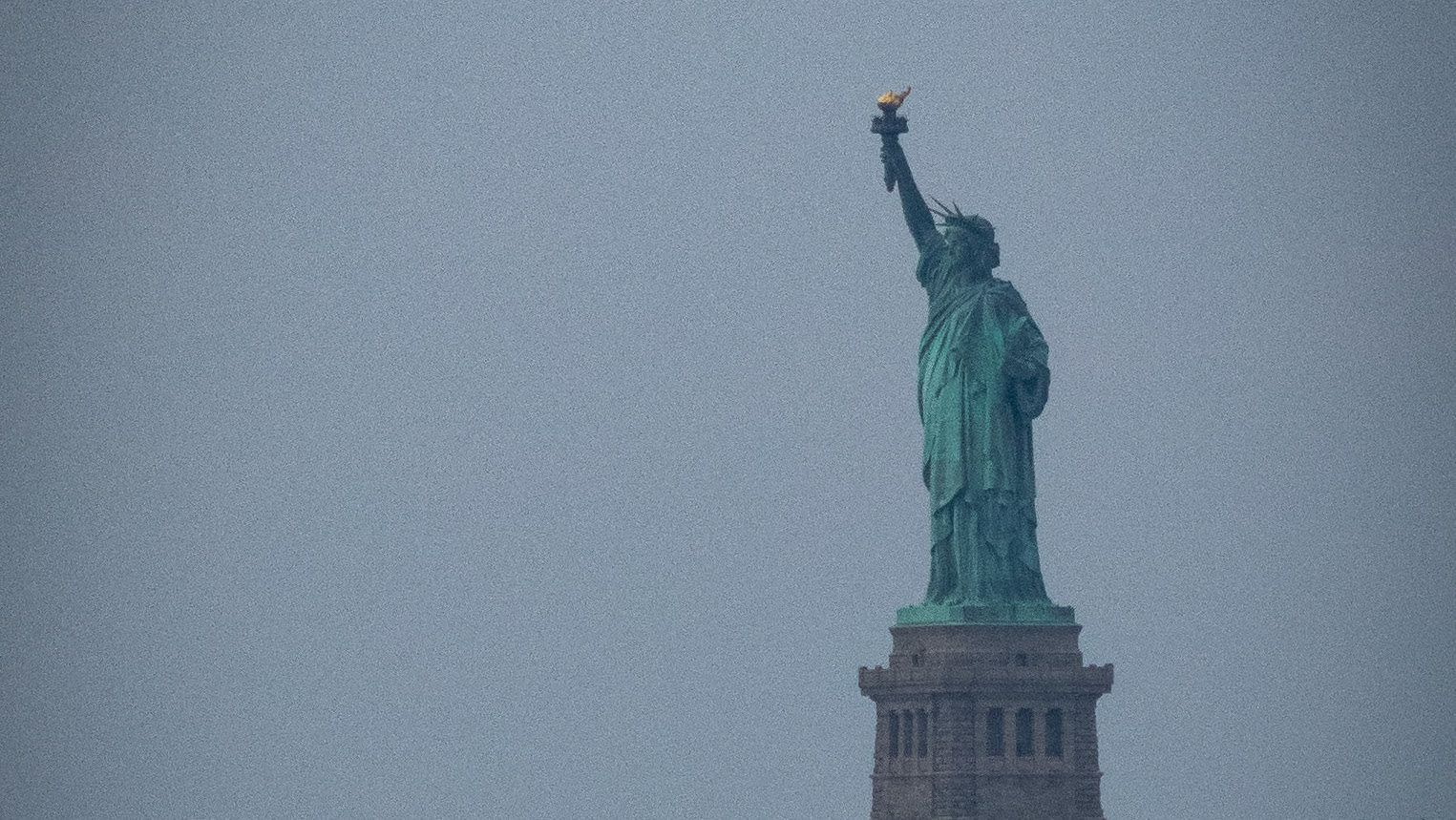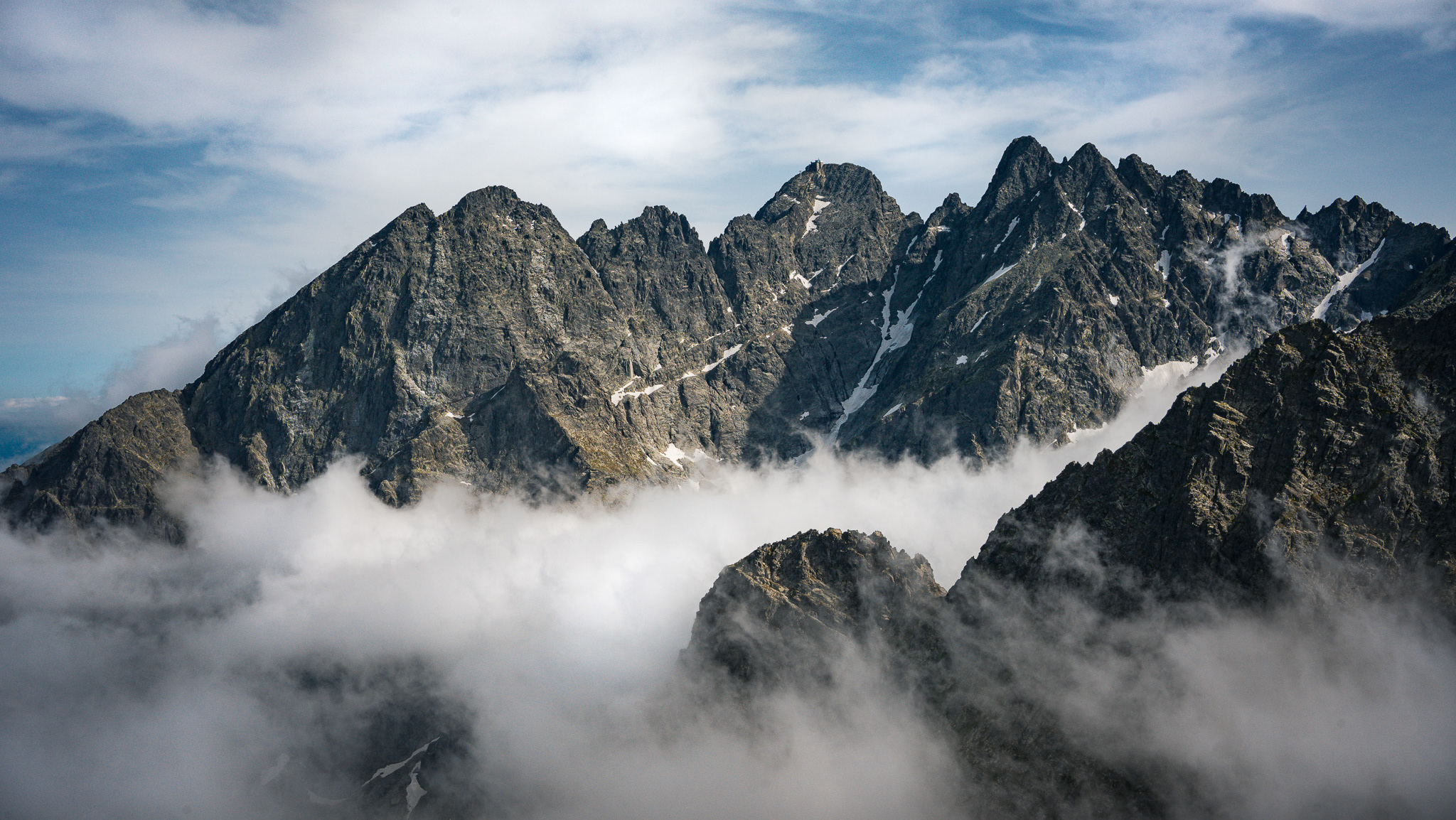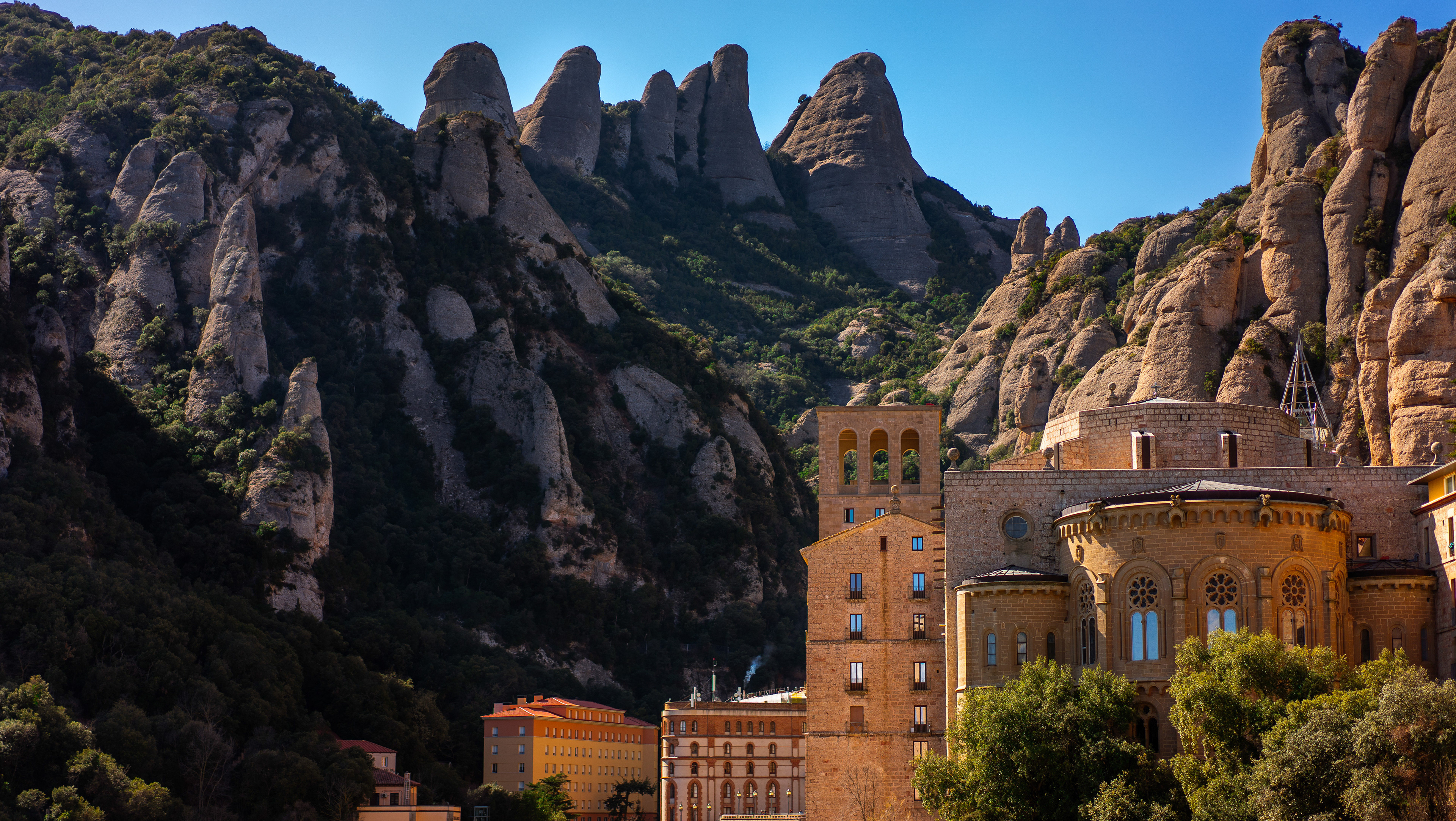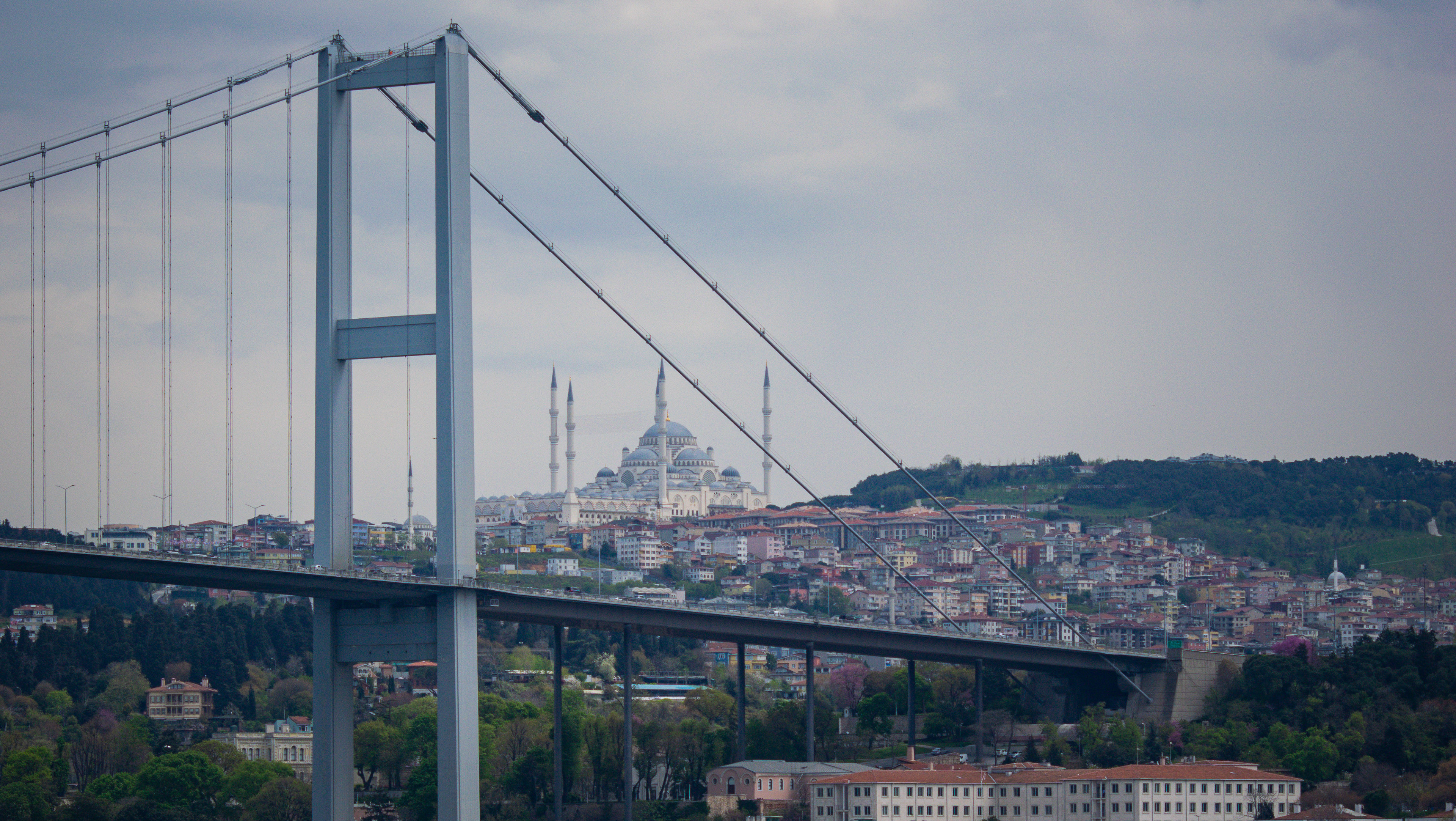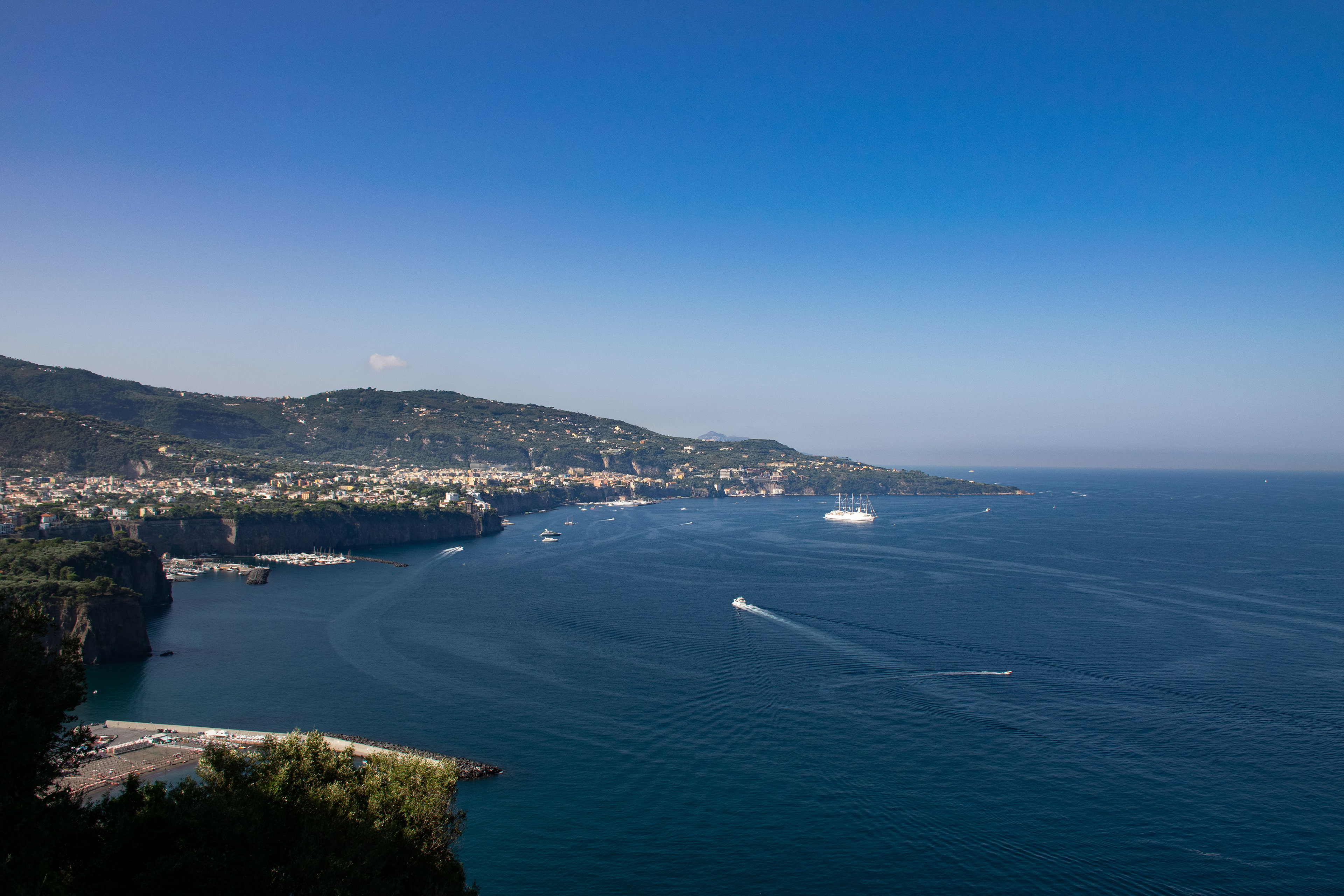
Sorrentine Peninsula
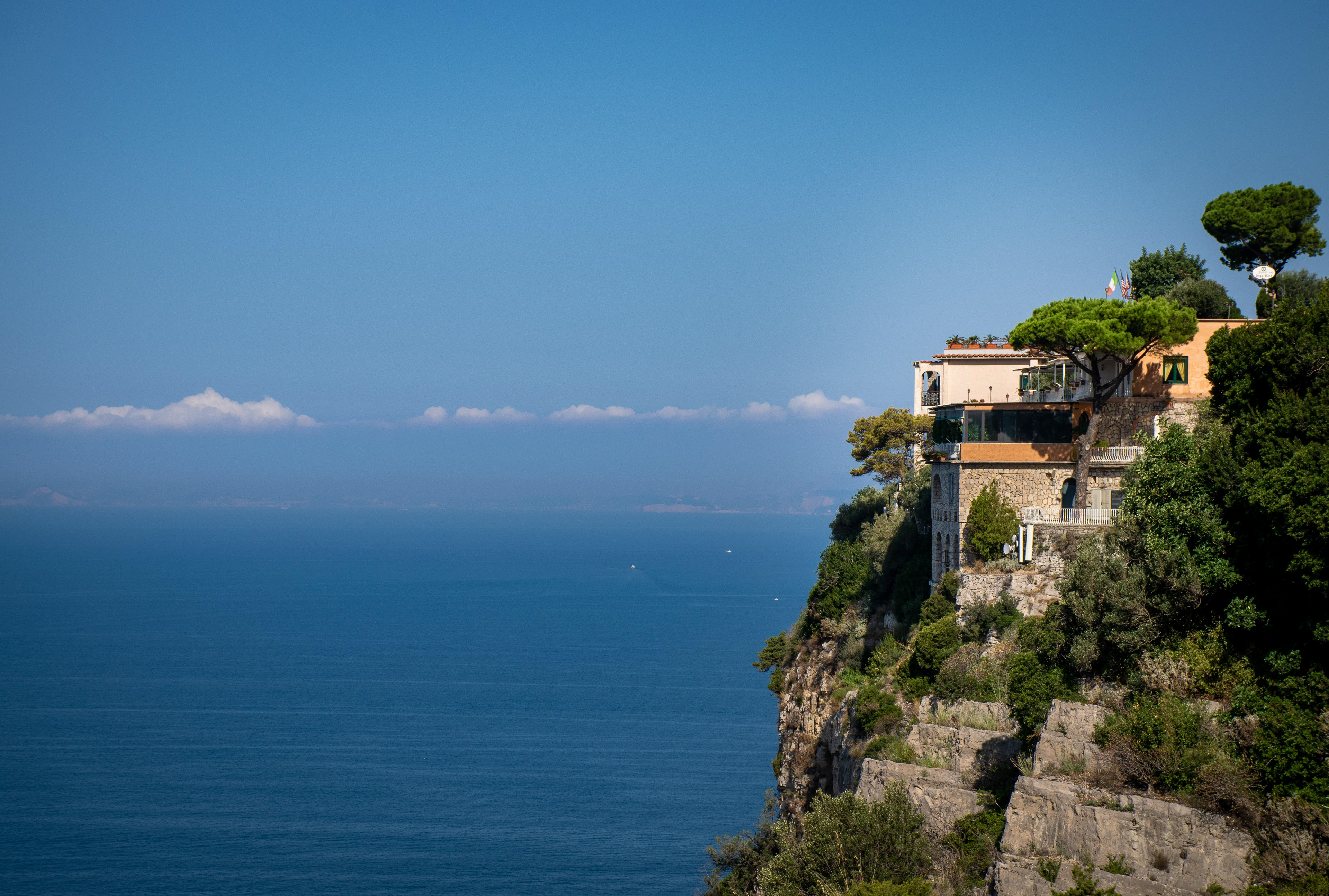
Cliffhouse
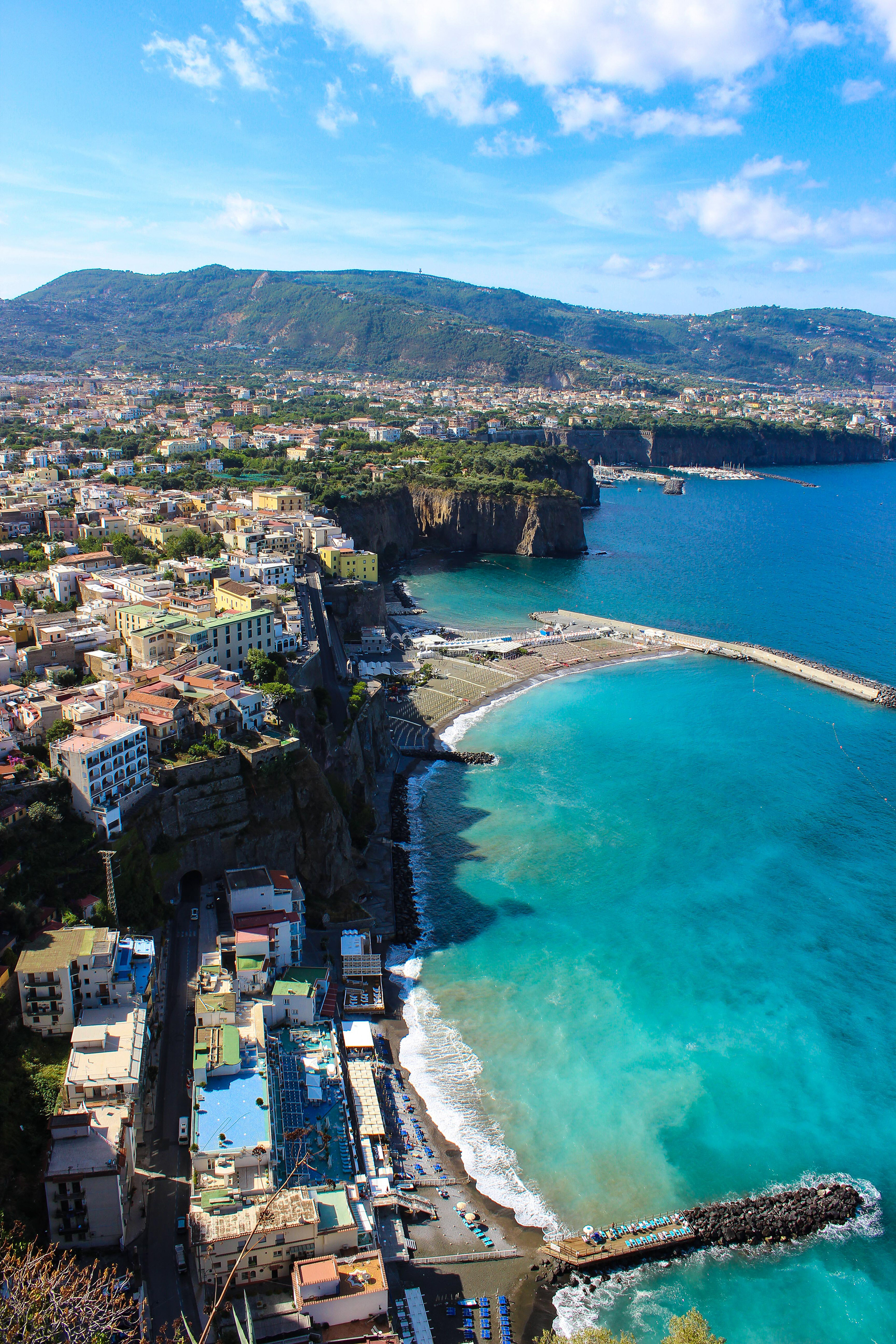
Sorrento
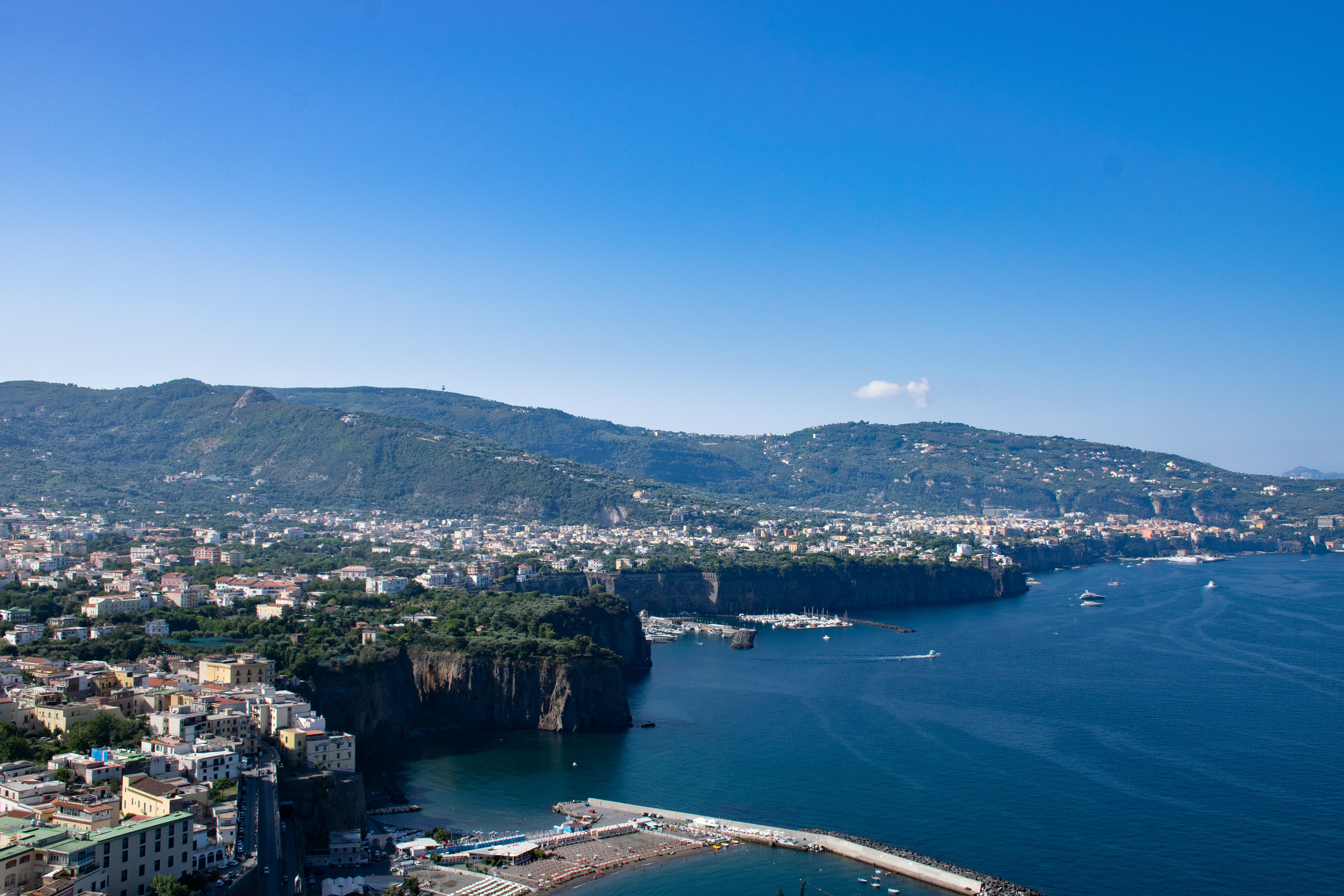
Sorrento
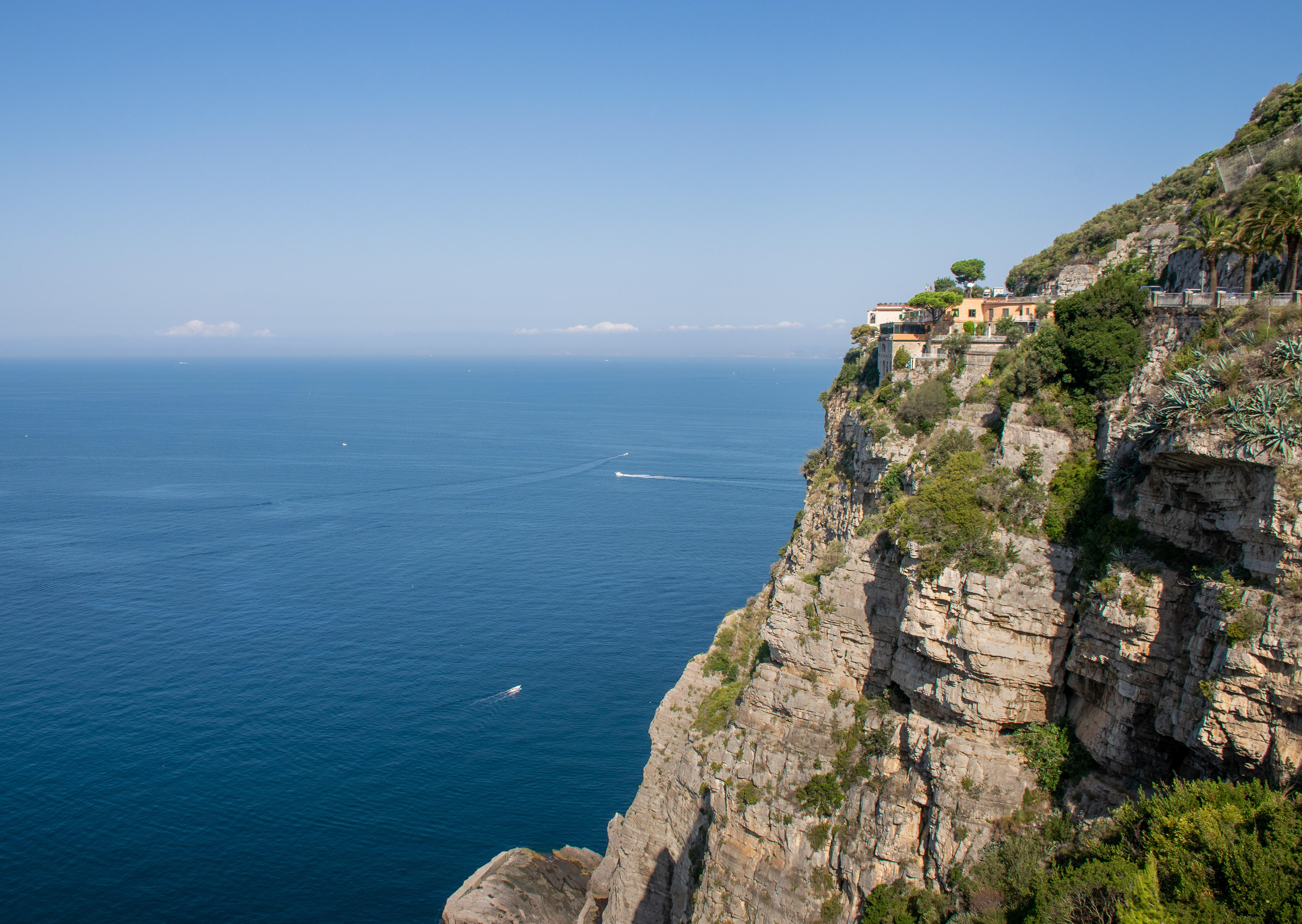
The Amalfi Coast is a stretch of coastline in southern Italy overlooking the Tyrrhenian Sea and the Gulf of Salerno.
It is located south of the Sorrentine Peninsula and north of the Cilentan Coast.
Celebrated worldwide for its Mediterranean landscape and natural diversity, the Coast is named after the town of Amalfi, which makes up its main historical and political centre.
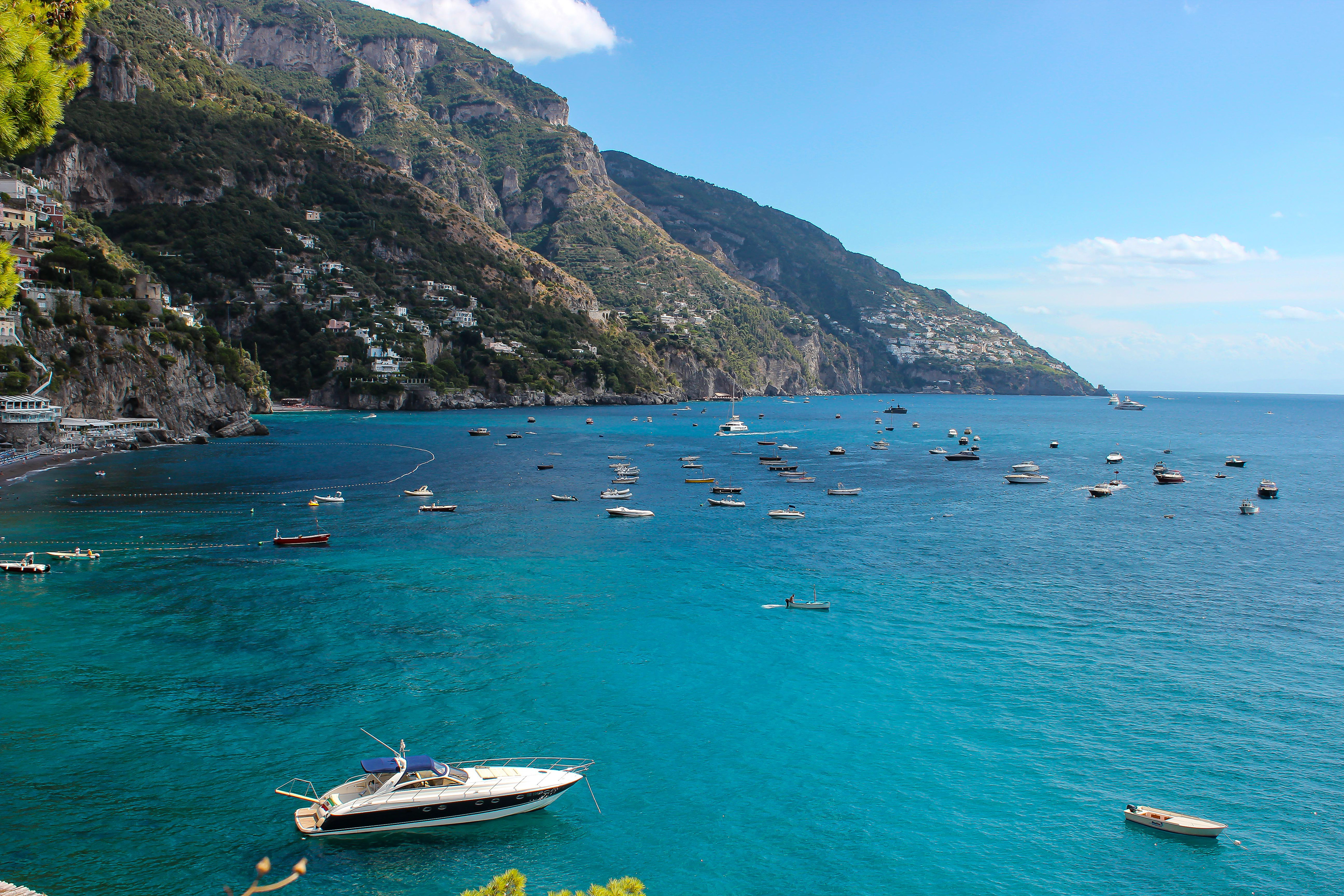
Amalfi Coast
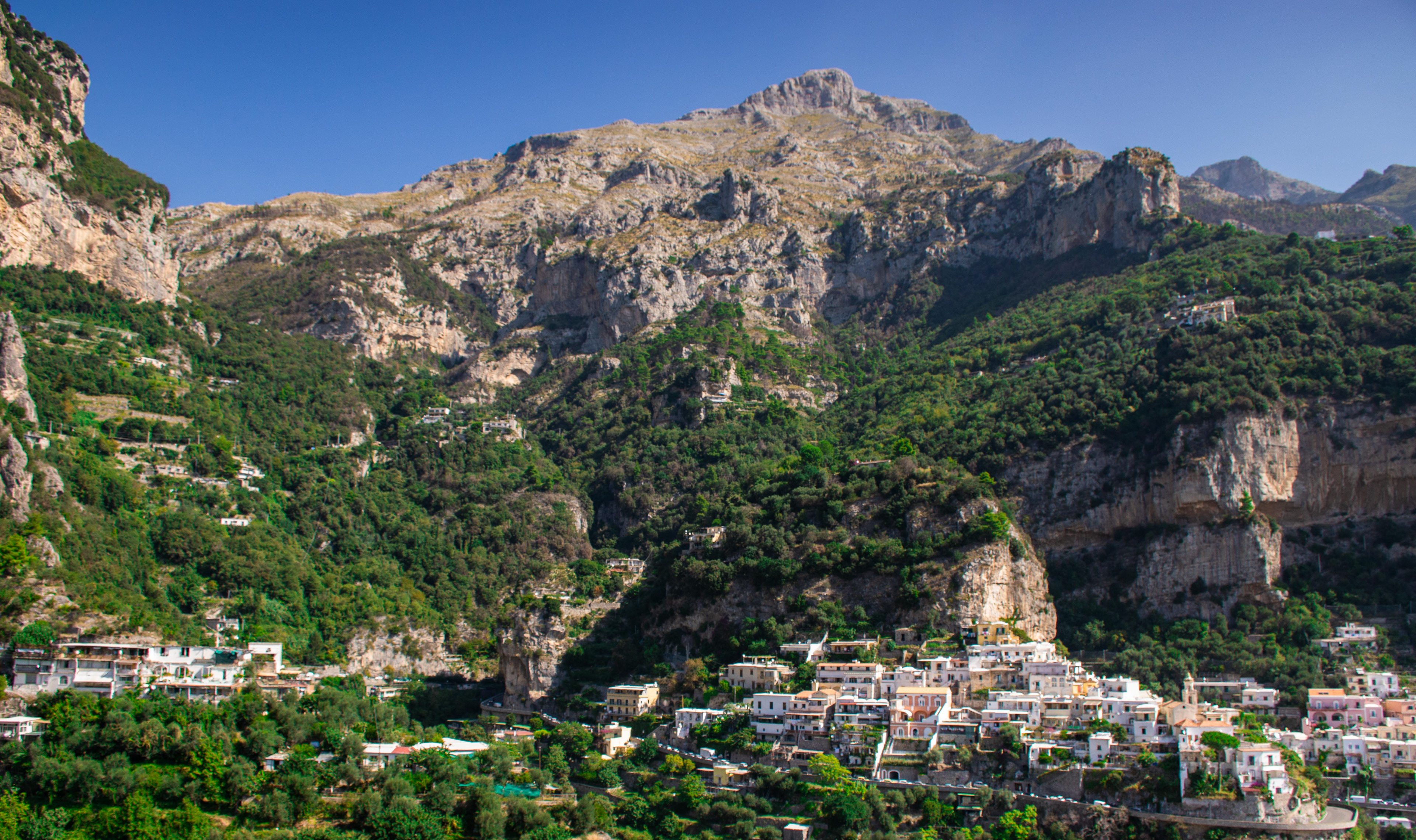
Positano
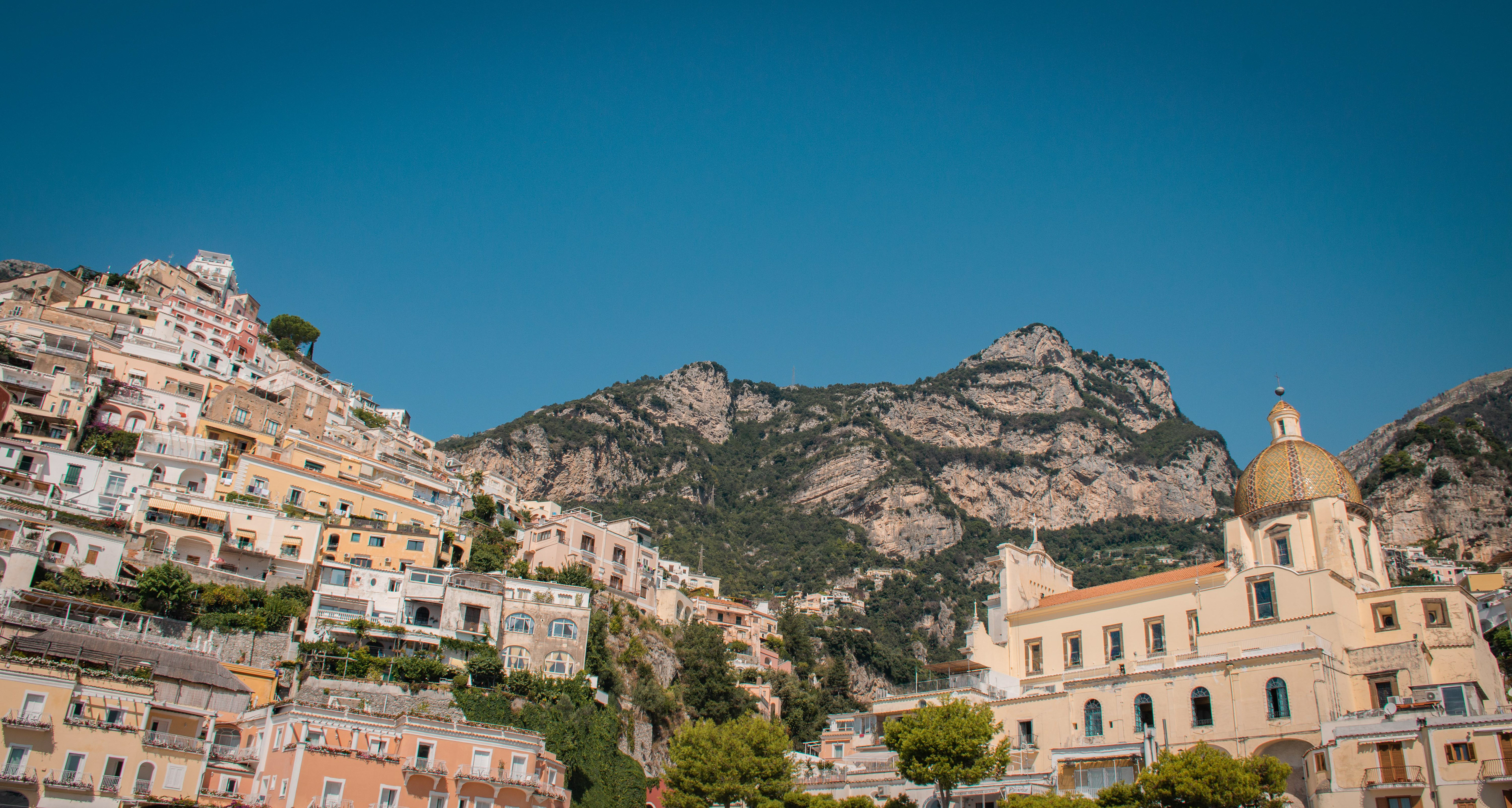
Positano (Beach)
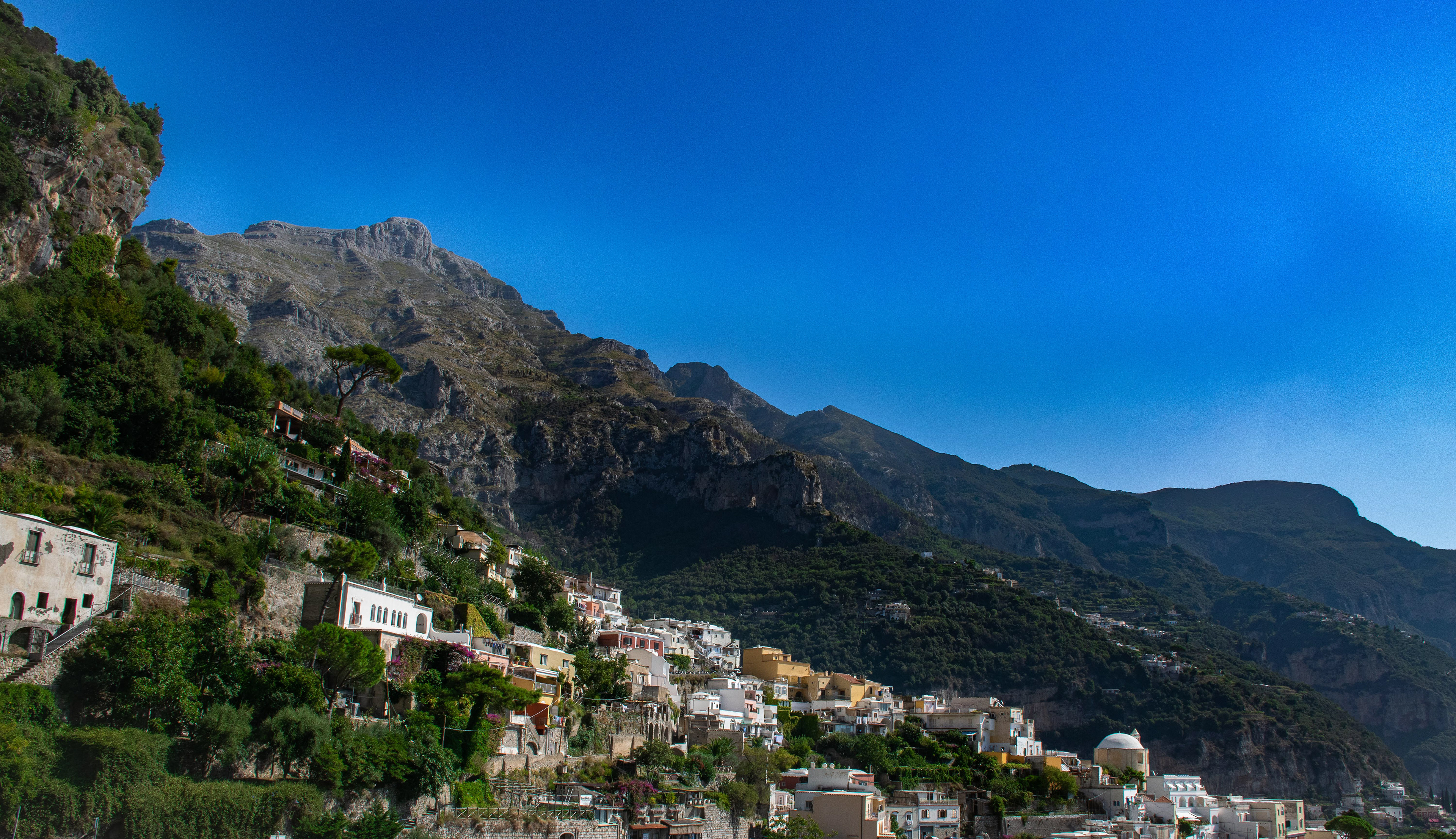
Positano
The first archaeological evidence dates back to the first century BC, when luxurious Roman villas were built on the coast of the Sorrento Peninsula.
In Positano, one occupied the bay and the other extended on the island of the Long Rooster, "a typical example of how even more hidden spaces of a wild coast were used in the Claudian age without even respecting the rocks that, according to legend, would have served as the home of the sirens".
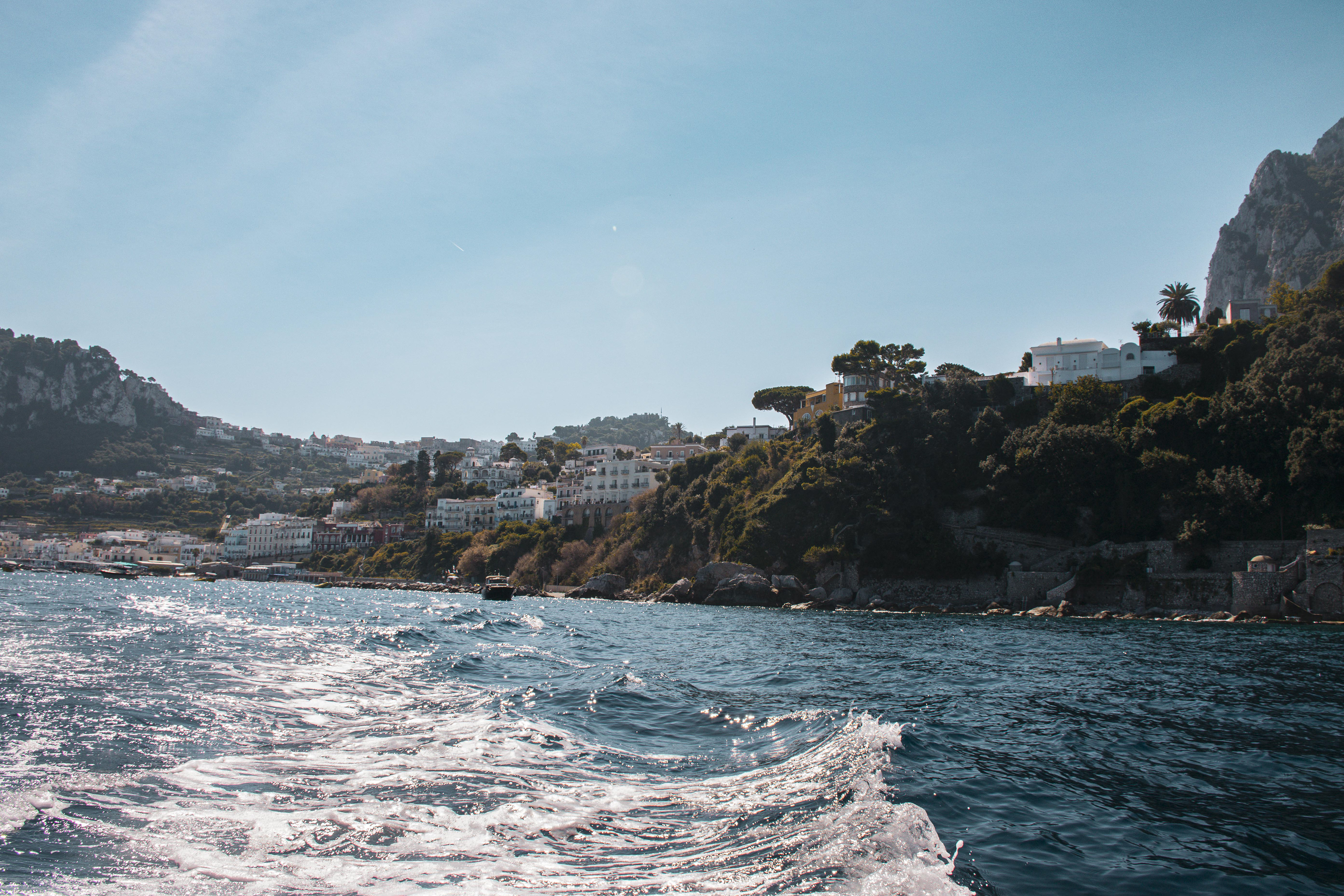
Capri Bay
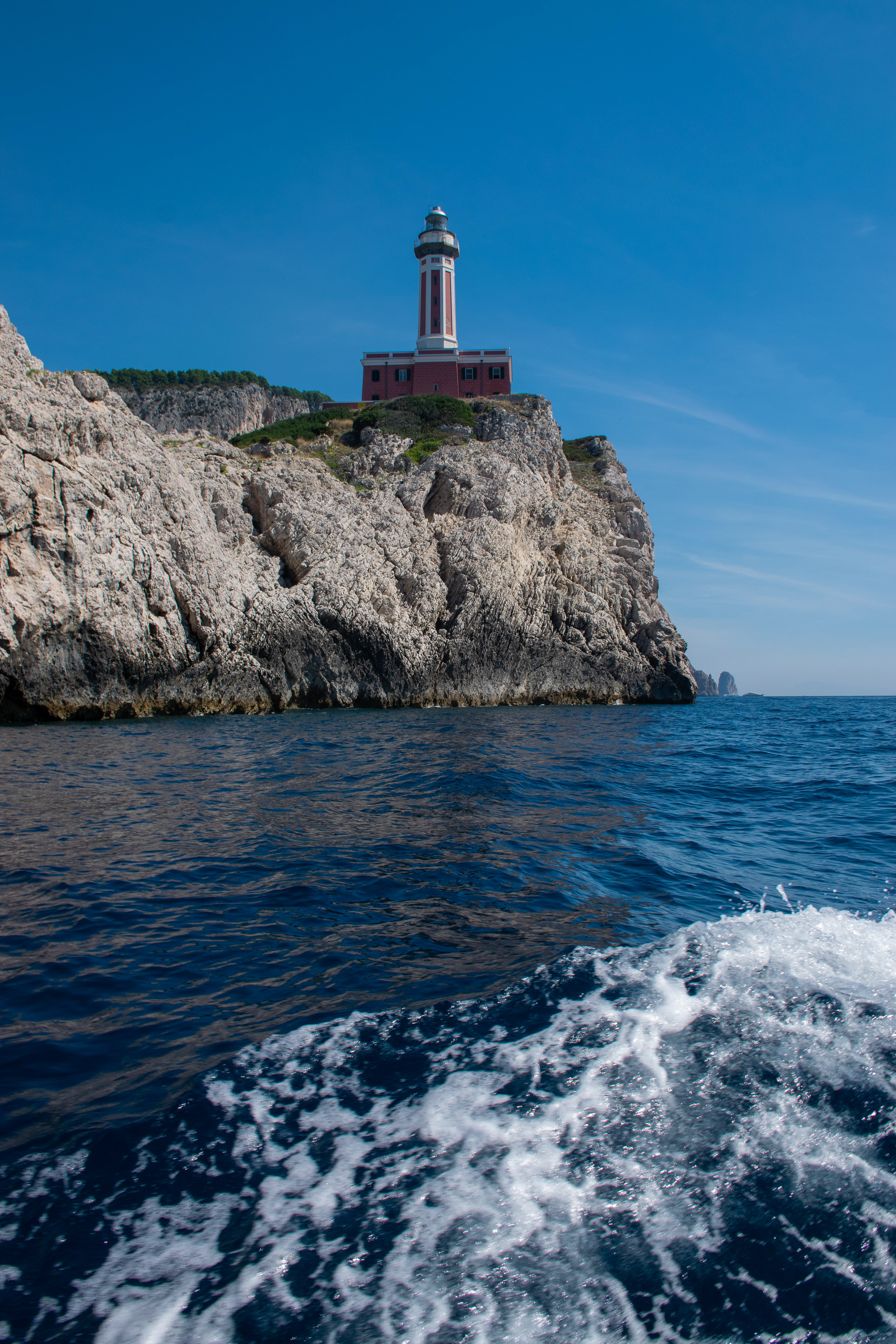
Capri Lighthouse
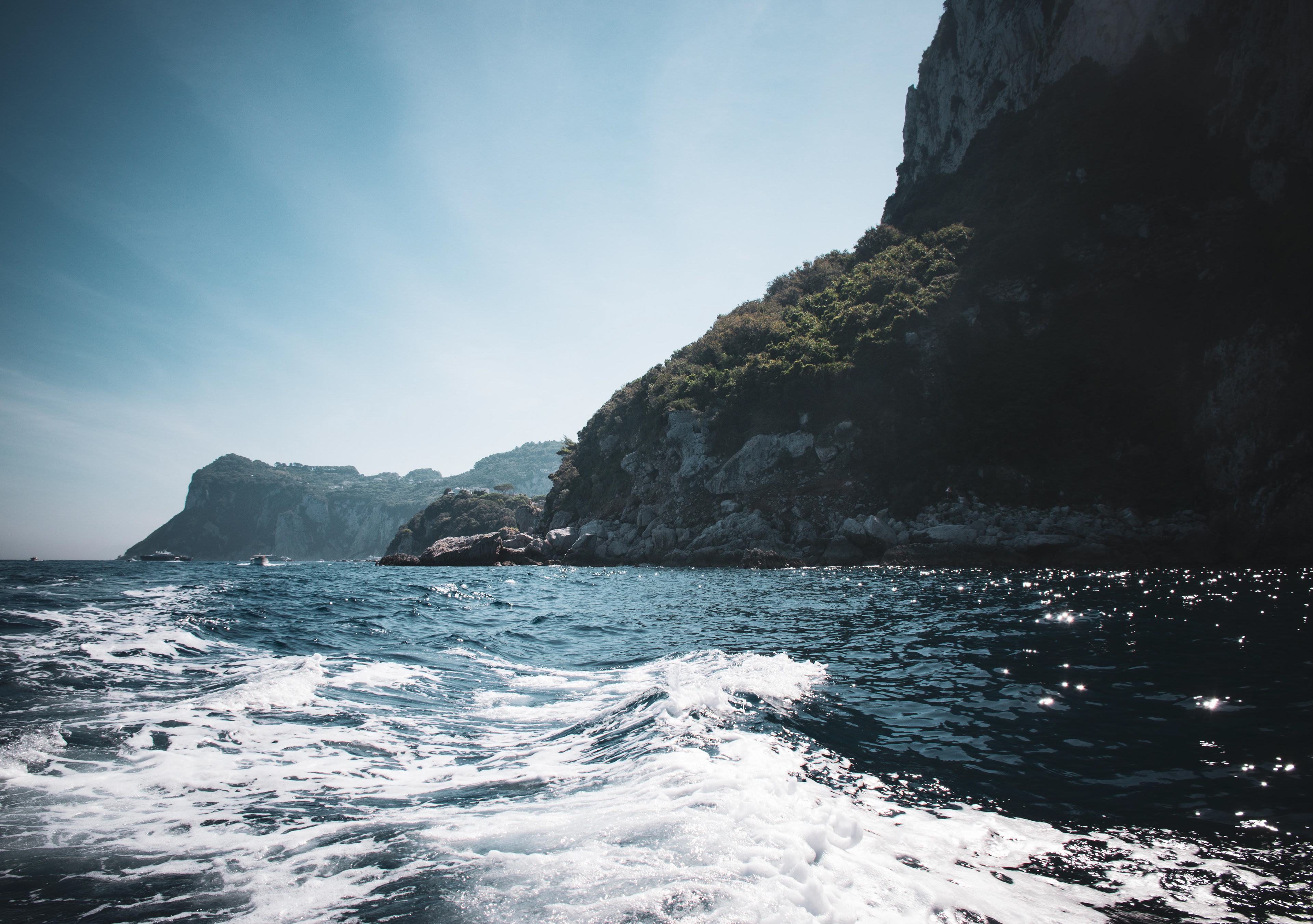
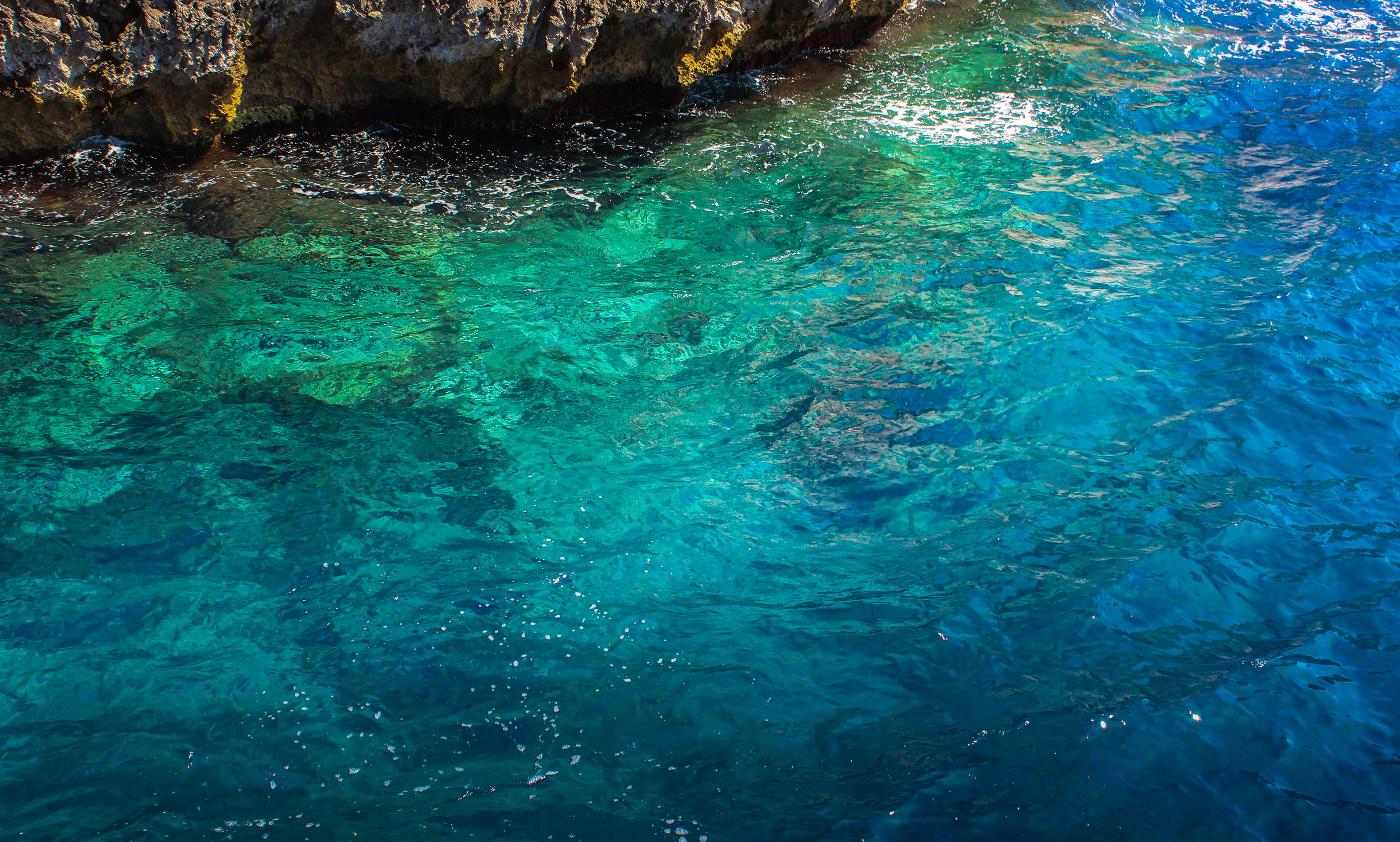
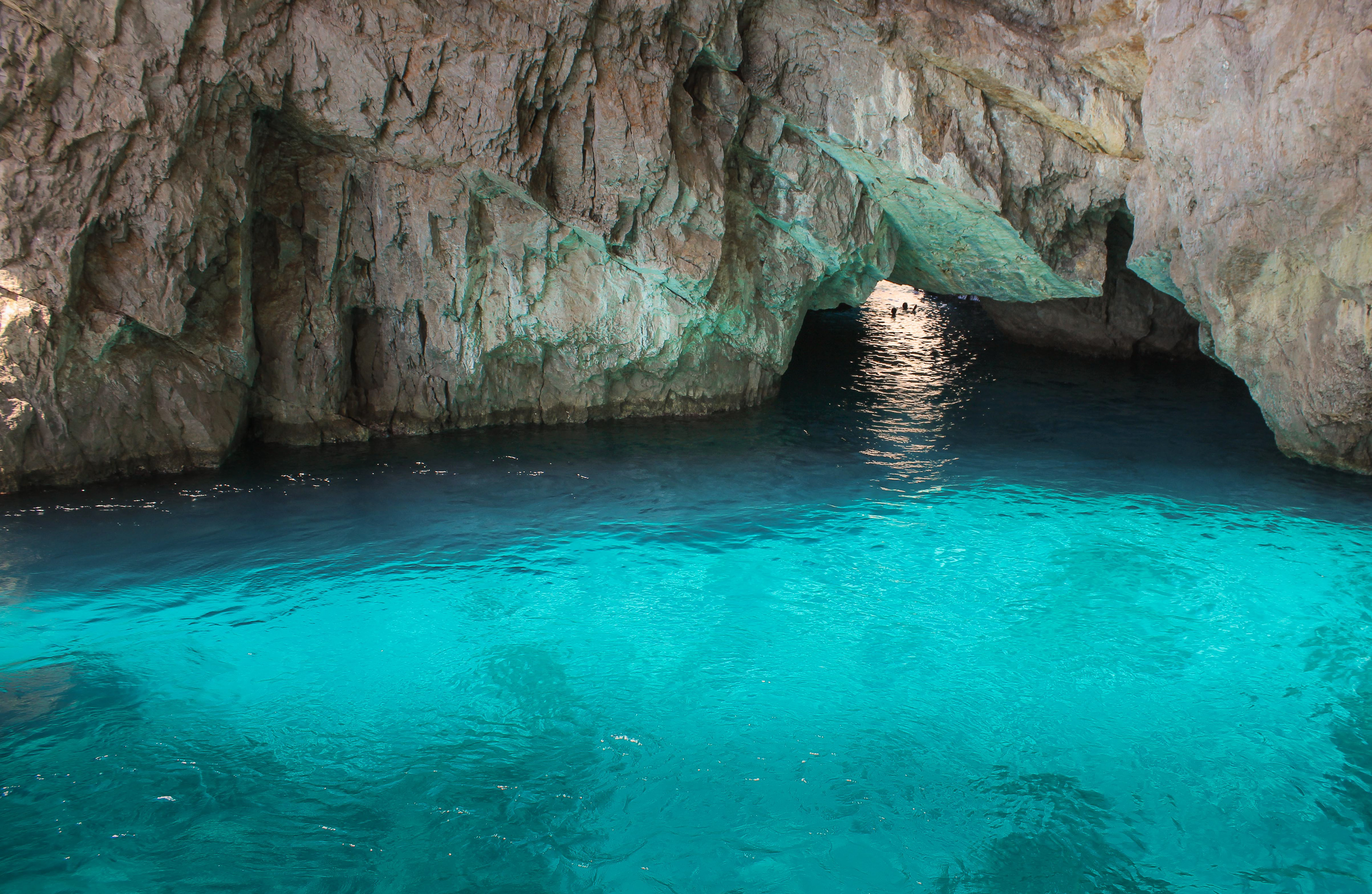
Grotta Azzurra
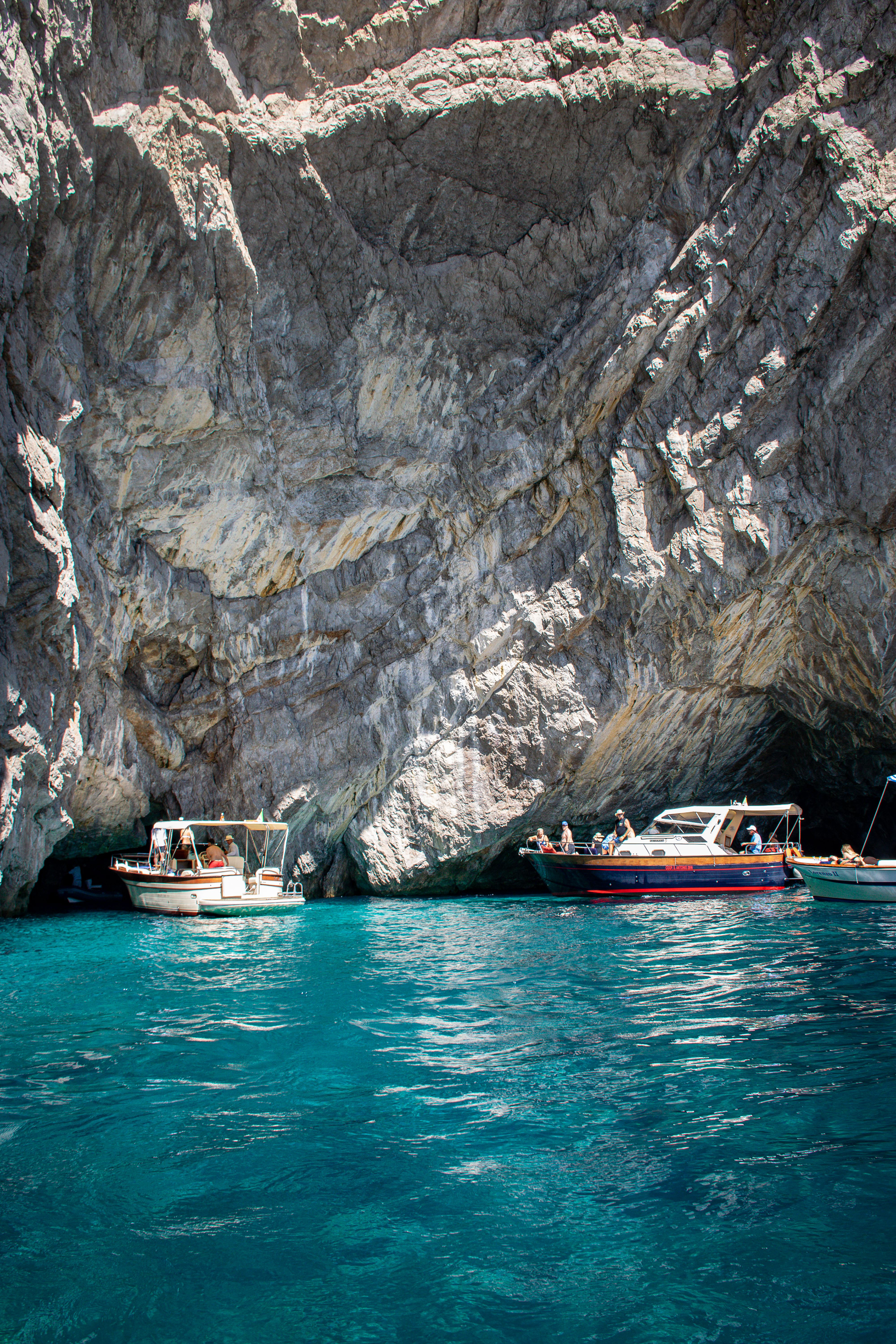
Grotta Verde
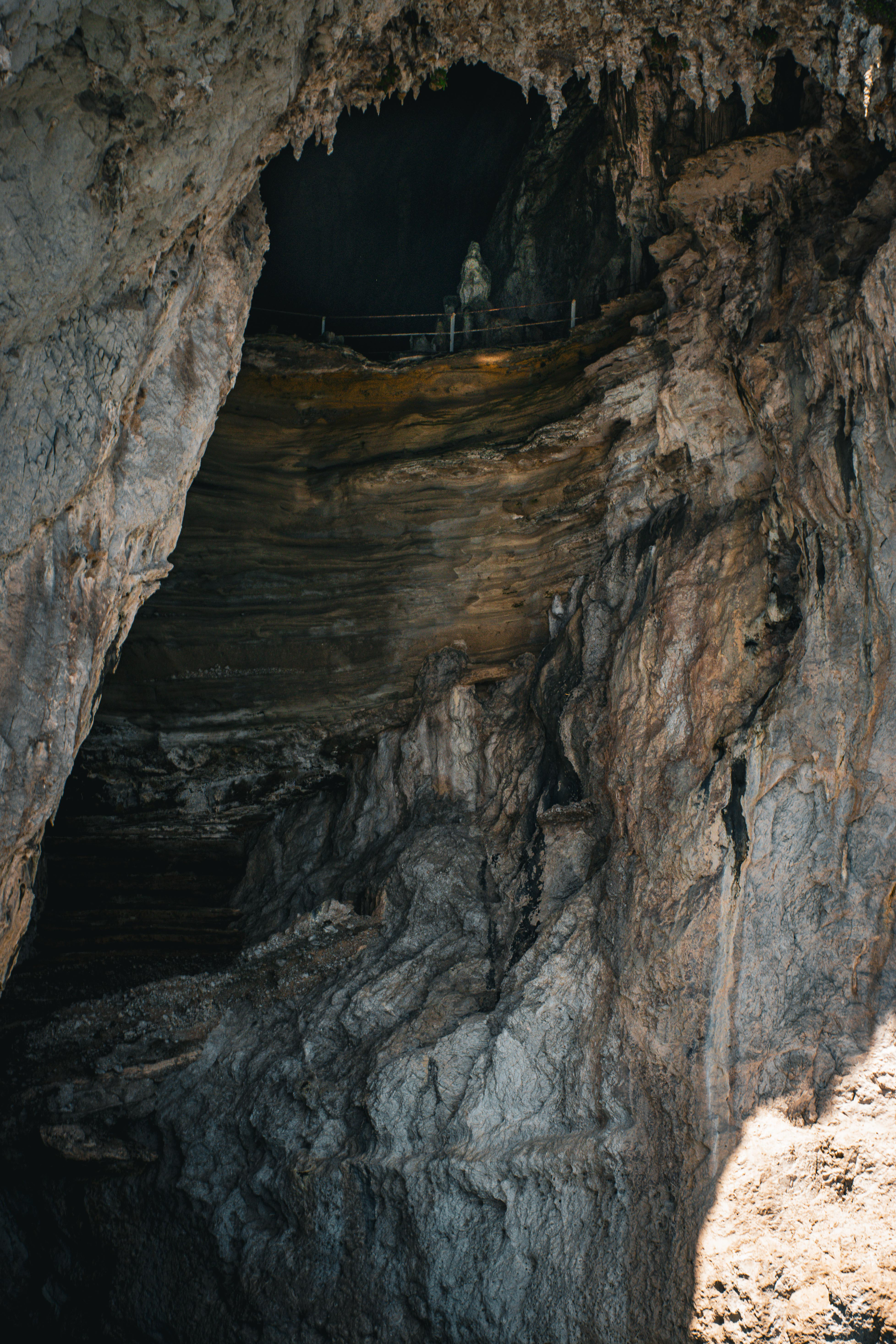
White Grotto
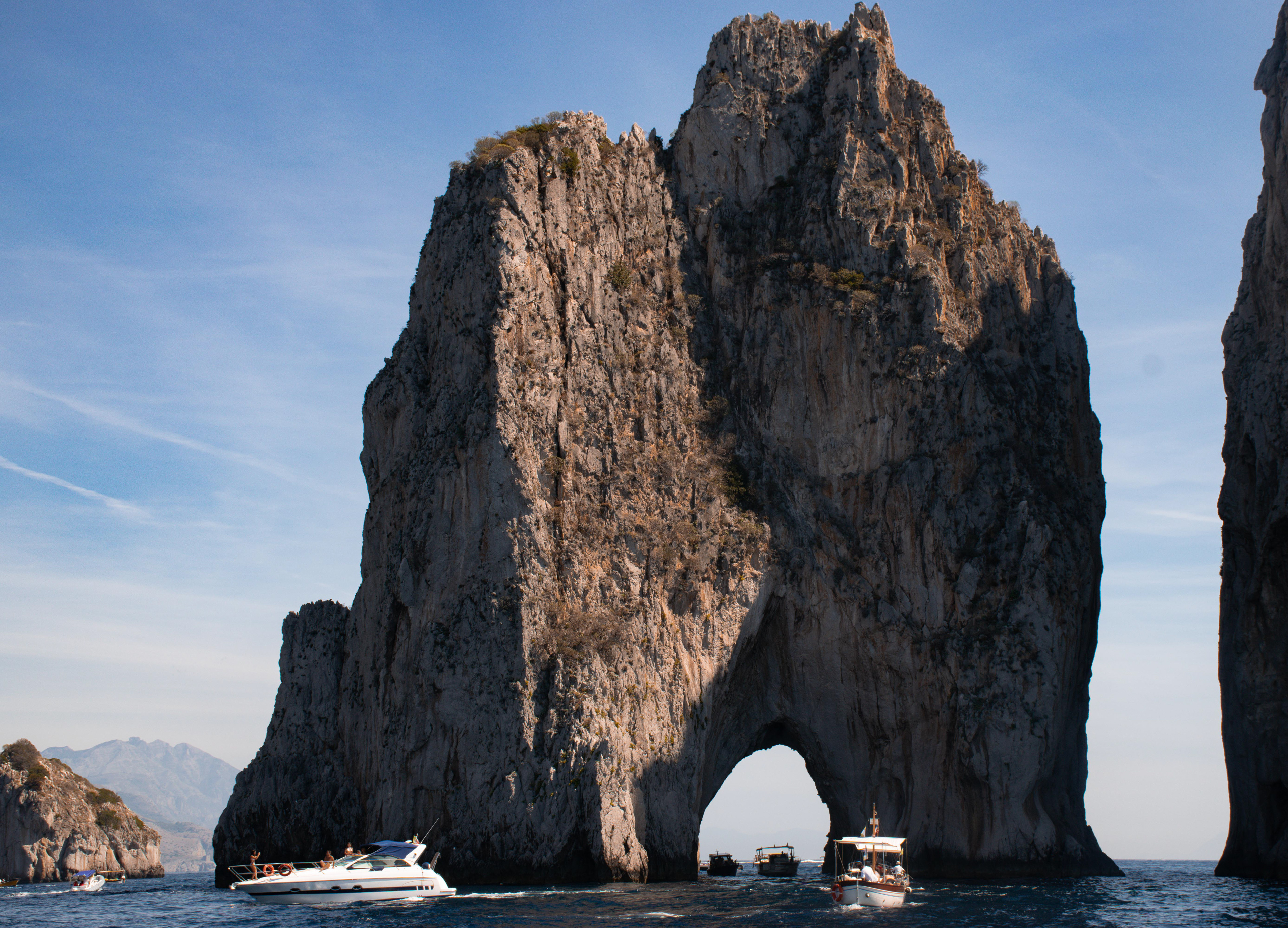
Faraligione di Mezzo
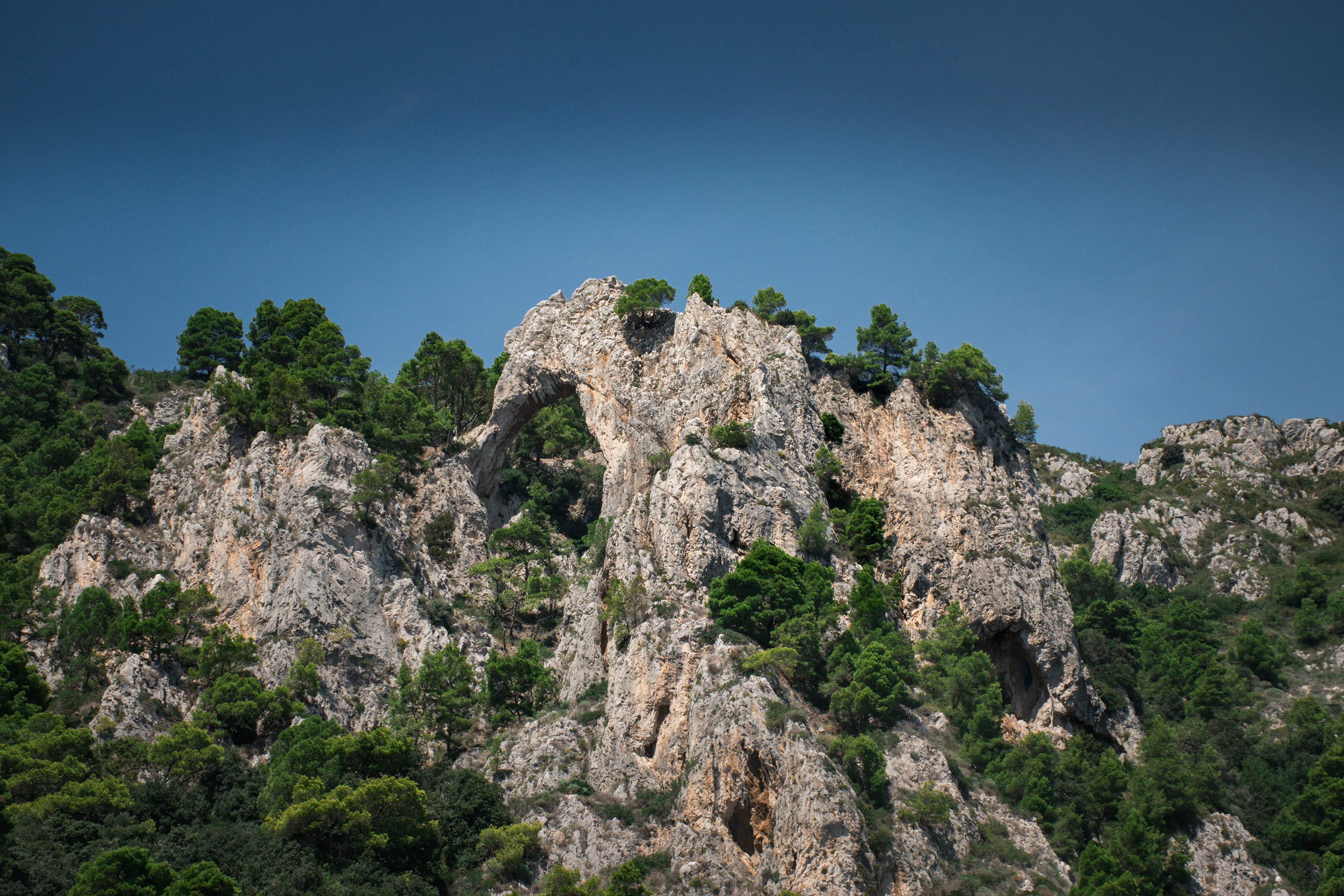
Elephant Rock Capri
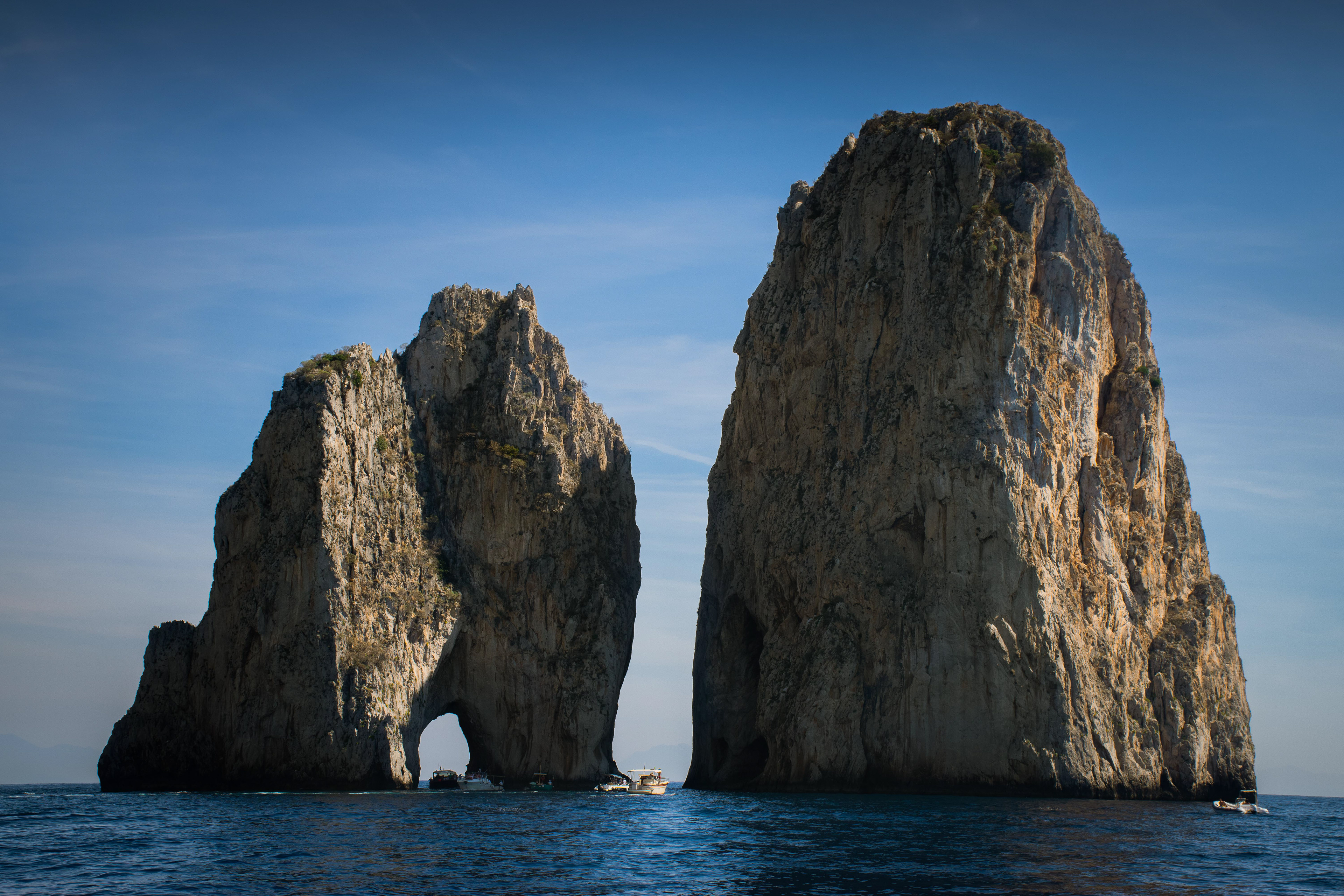
Faraligioni
The island has been inhabited since early times. Evidence of human settlement was discovered during the Roman era; according to Suetonius, when the foundations for the villa of Augustus were being excavated, giant bones and 'weapons of stone' were discovered.
The emperor ordered these to be displayed in the garden of his main residence, the Sea Palace.

Capri Summit
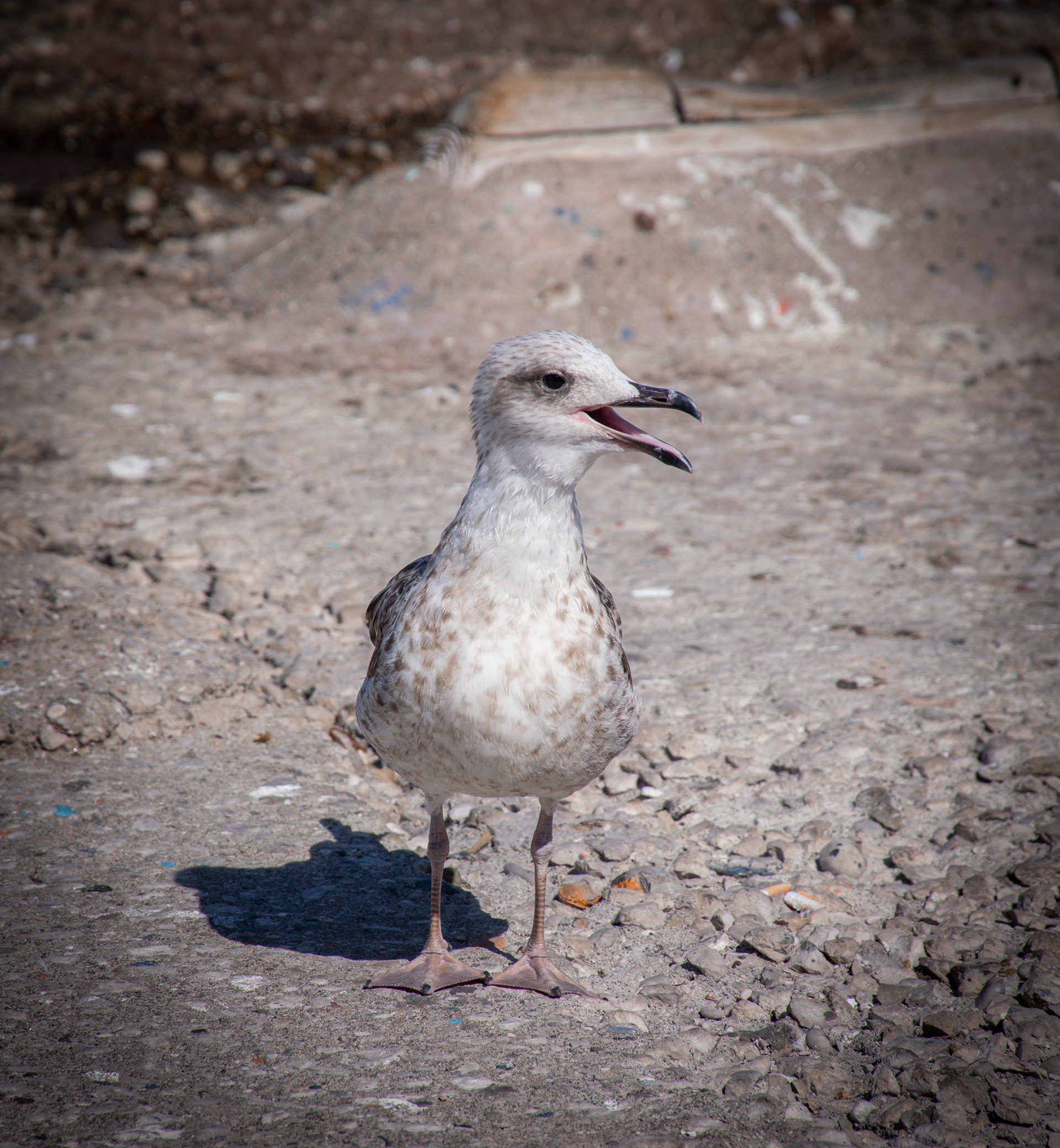
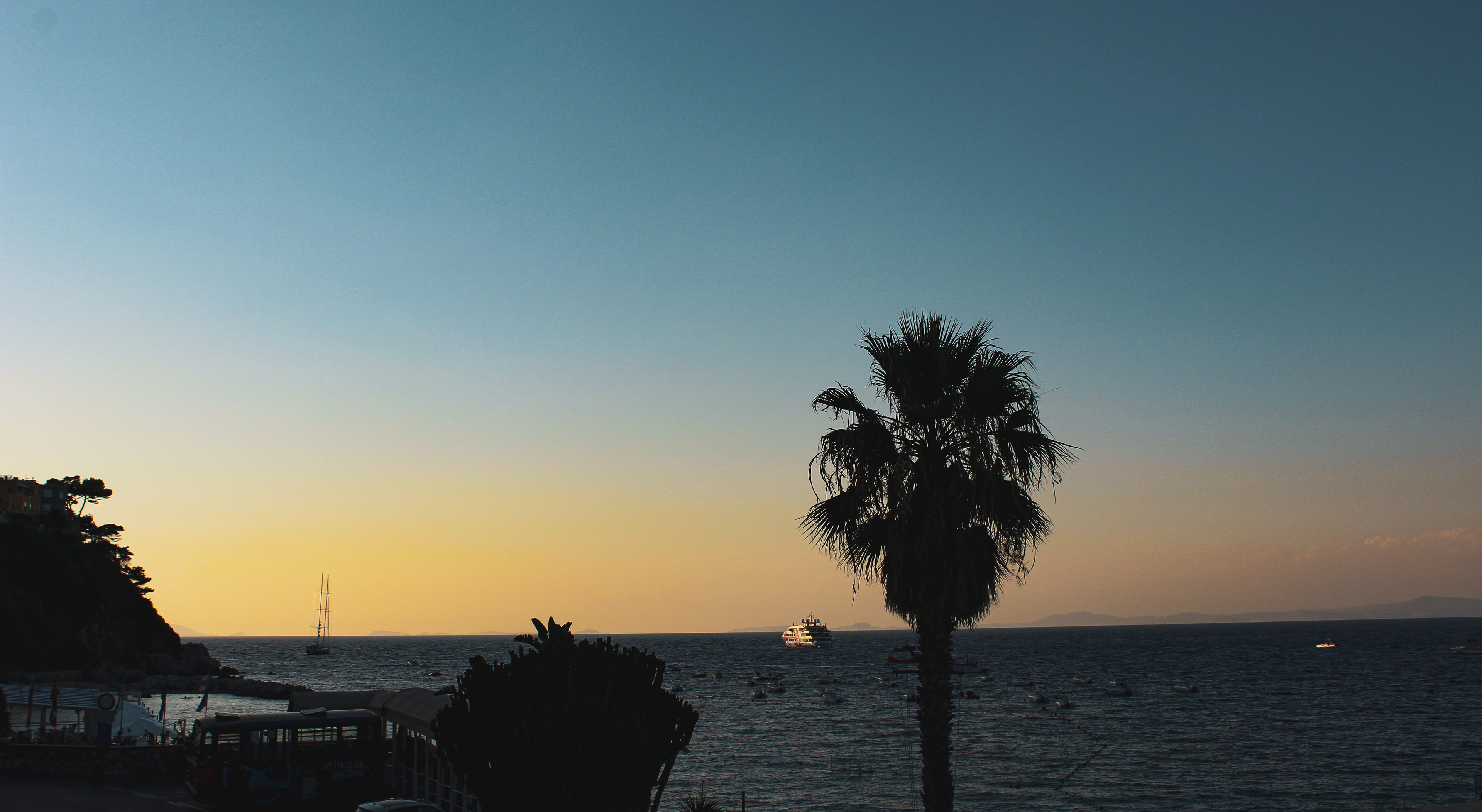
Capri Bay
